Sony has long been the revolution brand in the camera world. While they lacked the market share of Canon and Nikon, the Sony company has typically played the role of disrupter by constantly innovating and bringing new features to the market. Canon and Nikon have been the more conservative, established brands, and their development cycles have been longer but typically they bring fairly mature products to market by the time of release (though there will often be some internet drama over them that turns out to be fairly inconsequential in the long run!). Sony’s third generation of full frame mirrorless cameras started with the release of the Sony a9, a flagship sports camera that broke all kinds of new ground. It’s 20 frame per second burst rate with no blackout and deep buffers made it a seriously revolutionary camera, and timely firmware updates added significant improvements to the camera that have kept it feeling very current in many ways. This was followed by the exceptional Sony a7RIII and then a7III bodies, which were both extremely innovative at their respective price points and seriously disrupted the camera market. It was on the strength of these three cameras that propelled Sony past Nikon into second place behind Canon for market share. But the release the a9 Mark II – (the a9M2 (ILCE-9M2) flagship) – (and, to a lesser extent, the a7RIV) have been met with far less excitement.
Both the a7RIII and the a9 remain highly competent cameras, and firmware updates have helped them remain such. Sony’s challenge with this generation is that it has come time for them to do a more “Canon” kind of upgrade, which is more about maturing existing technology than it is massively innovating with exciting new (but underdeveloped) features. Put simply, I think that Sony is improving a lot of the areas that were lacking, but an evolutionary upgrade is harder to market and get people excited about than a platform with all kinds of exciting new tech.
A lot of people have looked up and down the specification list of the a9M2 and called it a disappointment. It doesn’t seem (on paper) to be a huge improvement over the a9. In many ways Sony has become a victim to their own “ADHD” short attention span where they’ve often moved on to the next innovation without bringing their last idea to full completion, and, in doing so, they’ve programmed their audience to always expect massive amounts of innovation. But in many ways the improvements to the a9M2 will be most appreciated by those that actually use the camera for its intended purpose – a high speed sports/wildlife option designed for professional use. Most of its core improvements are more subtle that extravagant, and are designed more around improving professional usability than as a platform for showcasing new technologies. One of the best articles I’ve personally read on this topic is from Patrick Murphy-Racey, a sports photographer who used first the a9 and then the a9M2 as his primary workhorse cameras.
The question remains if this is a necessary upgrade for everyone, or even if one shouldn’t consider the $1000 USD savings by opting for the first generation a9. It’s not my job to sell you on any option, but I do view it my job to provide you the unbiased information and observations that will help to inform your decisions. Here’s a quick breakdown of what stays the same, what has changed, and what hasn’t changed but should have!
What stays the same:
- 24.2MP Exmor RS Stacked sensor
- ISO 100-51200 range (up to 204800)
- 20fps with AF/AE tracking, blackout-free live view
- up to 1/32000s with electronic shutter
- 693 phase and 425 contrast detection AF points
- 60 times per second AF calculations
- Real-Time Tracking and Real-Time Eye AF (human and animals)
- 3.69M dots EVF (0.78x, 120hz)
- 1.44M dots LCD screen with touch sensitivity
- No Picture Profiles for video
What’s different:
- Updated physical design similar to a7RIV in many ways
- Drive speed in mechanical shutter mode increases from 5FPS to 10FPS
- Addition of anti-flicker mode
- Real time Eye-AF in video mode
- Improved IBIS system rated at 5.5 stops (vs 5)
- Improved connectivity (More encryption options on the LAN port, improved wireless from 2.4Ghz to 5Ghz, upgraded to USB-C)
- New voice memo option that can be converted to text in Imaging Edge software
- Both SD slots now UHS-II compatible
- SD slot 1 is finally in the logical top position
- Multi-interface port (hot-shoe) now compatible with digital audio and new mics
- Better performance out of the sensor through better processing
What Should have Changed (but Didn’t!)
- EVF should have been upgraded to the 5.76 million dot viewfinder found on the a7RIV
- Touchscreen execution still lacks
- Not including picture profiles and SLOG on a camera so well suited for video is ridiculous
- No 4K60 option
Still want the details? Then read on or watch my standard length or long format (definitive) video reviews by clicking the appropriate thumbnail below.
Follow Me @ Patreon | My Newsletter | Instagram | Facebook | Twitter | Flickr | 500px
Sony a9M2 Handling and Ergonomics
While the overall appearance of the a9M2 isn’t radically different from the a9, there are a number of subtle improvements. The a9M2 is marginally bigger than its predecessor, measuring (W x H x D) 5.07 x 3.8 x 3.05″ / 128.9 x 96.4 x 77.5 mm vs 5 x 3.8 x 2.5″ / 126.9 x 95.6 x 63 mm for the a9. The number that has changed the most there is the depth of the two cameras, as the a9M2 has grown by 14.55mm in depth. This is mostly in the form of a vastly improved grip that is deeper and fits the hand much better. Any of us with medium to large hands would actually prefer the height of the camera to also grow to better accommodate our hands. I typically use a grip extender from SmallRig to make my cameras ARCA-compatible (ready to go right on a tripod) and to extend that grip a bit to make the camera more comfortable and secure in my hand. There is a new grip – the VG-C4EM vertical battery grip, which is shared with the new a7RIV. The a9M2 moves towards being more usable without one of these accessories, though Canon’s R-series cameras are better yet in this regard.
There is a minimal amount of weight increase (1.49 lb / 678 g from 1.48 lb / 673 g). This is surprising considering the physical growth of the camera, but I will say as from a purely observational perspective that the original a9 feels a little more “metal” in hand than does the a9M2. The a9M2 touts improved weather sealing in the body. Here’s a diagram of those seals:
The most obvious external sign of improved sealing is that all of the external doors and compartments open and fit more securely. I vastly prefer the design of these compartments, which feel much more like definite doors as opposed to what feel more like flaps on the a9.
The card slots are still located on the right side of the camera, but now the whole side assembly slides forward to give access to the two SD card slots. There’s more available space through this design, which makes the card slots easier to access. Also appreciated is that (like the a7RIV), Slot 1 is now logically located on the top rather than the bottom. Another long-overdue improvement is that now both card slots are UHS-II compatible, which allows both to benefit from the faster read/write times of UHS-II cards. I personally have moved over almost exclusively to the Sony Tough cards, which have more robust construction along with very high read and write speeds of around 300 MB/s. Many cards tout a high speed which is actually a read speed, but the write speed (the important one!) is much slower. The Tough cards are also Bend / Drop / Water / Dust / X-Ray Proof, so more ready for professional use. There is a solid argument to be made that Sony should have moved to a faster technology in this camera (CF Express, for example), which could have allowed for more improvements in buffer depth (though, to be fair, these are already exceptionally good).
One of the single biggest criticisms of Sony’s older cameras was the battery life, which Sony solved starting with the a9. The A9 turned this around by slightly expanding the grip to allow for a much larger capacity NP-FZ100 battery. This more than doubles the capacity, as the NP-FW50 has a 1020mAh capacity compared to the 2280mAh capacity of the FZ100 battery. The a9M2 has further improved the efficiency of the power use to allow for slightly more shots per charge.
While the positioning of most of the buttons on the camera are very similar, the feel of the buttons are improved. The buttons have more travel to them (and are slightly more raised), which makes the tactile feedback more definite. My favorite improvement is to the AF-ON button, which I typically assign magnification to when shooting manual focus lenses, and it is many times over easier to find and operate by feel. It’s the little touches that make for a better experience. In the first photo below, you can see the a9 button, then the a9M2, and also the redesigned AF-ON button.
Likewise the rear joystick has also been improved, with a better surface texture and more precise movement.
Both the front and rear control wheels have also been improved. The front wheel has received a slight cant upwards that makes it fall more readily to the finger, and the rear wheel has been moved up to a higher position on top of the camera body where it is easier to get one’s thumb on it. It is these little things that make for a better camera to the experienced photographer. All of the button and wheel positions have had tiny tweaks that have optimized their placement and performance.
One final change is that the Exposure Compensation dial now has a lock to prevent it being inadvertently moved. If you don’t like using the lock, you have the option to leave it unlocked. I would have preferred that they would have used the same lock mechanism as they have on the other dials for consistency sake, but I’m sure we’ll all adjust.
Unfortunately there is still one glaring ergonomic issue that, frankly, boggles my mind. Sony continues to have the most half-baked touchscreen integration of any of the true competitors, and lags far behind the touchscreens in the most basic of Canon’s DSLRs or mirrorless cameras. The amount of things you can do is pretty limited, though, thankfully, you can use your finger on the touchscreen to move focus around while your eye is pressed up to the viewfinder. You can’t use the touchscreen to navigate menus, to navigate images during playback, to change settings, and, while you can now touch to focus, you cannot touch to release the shutter. What I find irritating is that there is no question that Sony is capable of doing better. I particularly find the lack of navigation ability via the touchscreen irritating. Both Canon and Fuji allow you to pull up the Q menu and make quick changes with the touchscreen. You cannot navigate Sony’s FN menu by touch. What I find frustrating is that there is no question that Sony is capable of better (they make smartphones!!!).
Mirrorless cameras utilize an electronic viewfinder, which is both a strength and a weakness. To date no EVF can compare to the clarity of an optical viewfinder (like that on DSLRs). The a9/a7R3 increased resolution from 2.359 to 3.686MP million dot, but surprisingly the a9M2 does not utilize the new new 5.76 million dot EVF that came on the a7RIV. It was a major improvement there, one I appreciated particularly when magnifying the image. This is one major complaint in my mind; I can’t understand why Sony wouldn’t be put their best EVF in their flagship camera.
EVF’s do have an advantages on a camera like this, as they allow for a lot of additional information to be overlaid on the screen and these are often useful when tracking high speed action. The complete lack of viewfinder blackout on the a9 bodies makes this an even better experience.
And, for me, one of biggest advantages to an EVF is when using manual focus lenses. It shows true depth of field, for one, making visual confirmation of focus easier. You can easily magnify the image in the viewfinder, allowing you to nail focus every time. You can choose to add colored focus overlays (focus peaking) in different shades that will highlight areas in focus. This final method isn’t my favorite, personally, as it makes the shooting process less organic. One of the keys to being an effective photographer is the ability to visualize – to see color, light, and shadow – and I find overlays interfere with that. Still, it is my love for my manual focus glass that has been a primary catalyst in moving mostly to mirrorless bodies. Nailing focus consistently adds so much enjoyment to using these lenses…and the EVF is the single biggest reason for that.
Sony’s 5 Axis in-body-image-stabilization (Steady Shot) has been improved slightly on the a9M2. Sony claims 5.5 stops rather than the 5 on a9. Both claims might be a little ambitious, particularly with longer focal lengths. While I can tell little difference with shorter focal lengths in sensor-based stabilization vs in-lens stabilization, there’s no question that lens stabilization does a better job with longer focal lengths (anything over 135mm). One of the primary benefits of sensor-based stabilization, however, is the fact that it works for all lenses…including adapted lenses, vintage lenses, and wide aperture prime lenses. One nice feature of Sony’s IBIS is that if you are using a lens with electronics (even an adapted lens), it will automatically adjust for the focal length. If you are using a lens without electronics (like the Laowa 15mm f/2 lens or similar lenses), you can manually set the focal length in the Steady Shot settings. I found that experimenting with that setting definitely made a big difference in the results and steadiness of the viewfinder image. It also made a difference in the smoothness of handheld video footage. Here’s a macro shot taken at only 1/8th second and 105mm.
The a9M2 sports an intervalometer that is well-implemented for shooting time lapses. You can shoot time lapse movies by utilizing the S&Q settings.
GPS logging and geotagging is handled via a Bluetooth connection to your smartphone and having the Sony Image Edge Mobile app active (and the Location Linkage set up). The problem? It doesn’t really work consistently, in my experience, leaving some images tagged and others untagged. You essentially need to be sure that the Bluetooth link is active before you start shooting (at the very least at the beginning of your shoot). I’ve never really seen this perfectly executed yet, and I’ve definitely had a more reliable tagging experience with Canon DSLRs in the past that had a built-in GPS tracking.
Some of the key upgrades to the a9M2 center around connectivity. Professional sports photographers and/or journalists often have a different workflow than, say, wedding photographers. Wedding photographers often want space to “tweak” and stylize images before showing them to the client, but sports photographers and journalists often prioritize time sensitivity over artistic merit. These photographers need options for quickly delivering images to clients, and the a9M2 is designed around that. While the A9 has a LAN terminal and supports transfer to FTP servers, the A9 II can deliver images over SSL or TLS encryption (FTPS) for better security. The a9M2 gets a Gigabit Ethernet port, as well as 5GHz wireless support in addition to the existing 2.4GHz on the original a9. This enables much faster delivery of images over wireless. FTP settings can now be saved and reloaded onto the a9M2 either via the SD card (up to 10) or up to 20 through the Imaging Edge mobile app.
The a9M2 retains the micro HDMI and USB ports of the a9, but also adds USB-C port which delivers faster transfer speeds thanks to an upgrade to the 3.2 Gen 1 standard. Charging is now handled by the USB-C port as well, which allows for quicker in-camera charges. All in all, there are a variety of improved ways where you can quickly deliver your images either to clients or get them backed up yourself.
All in all there are a number of areas of positive maturation in the a9M2. The camera feels better in the hands and handles better than ever. There’s a massive scope for customizing the operation of the camera, from the dials to the buttons to even creating custom menus. If you are accustomed to either the a9/a7RIII/a7III, you will find that all the little details feel improved. Kudos to Sony for creating such a highly functional camera.
Sony a9M2 Autofocus
On paper, the a9M2 utilizes the same autofocus system as the a9, which was already an autofocusing beast. There are 693 phase and 425 contrast-detect autofocus (AF) points that cover approximately 93% of the sensor. In my personal experience, the a9 was easily the best autofocusing camera that I’ve used.
Here’s a look at how the specs from the a9 (same as a9M2) compare to other models, and how the Phase Detect AF points cover nearly all the sensor (first image shows the a7RIII AF point spread), second shows the a9 point spread, and the third is a chart comparing specs):
While the RAW specs are the same as the a9, Sony has matured in the way that this information can be processed and utilized, allowing for better tracking consistency on the a9M2 when compared to the a9. Processing power is further enhanced, which allows the a9M2 to get more performance from both its sensor and autofocus system. We have real-Time Eye AF and Pet AF (in both stills and movies), increased sensitivity (Phase Detection at F16 is essentially unmatched), and you now have the ability to touch an object or person on the screen, and while the shutter button is half depressed (or depressed) the camera will track them in real time with even better Ai accuracy than before.
Eye AF works exceptionally well, quickly grabbing the eye (you can choose to switch between the left or right eye with a setting that can be mapped to a button) and tracking it in real time. Pet Eye AF works well also, though again you need to switch between human and animal Eye AF as the two have very different characteristics and the camera doesn’t (yet) automatically sense which you are tracking.
You will experience your best performance yet with adapted Canon EF lenses via the Sigma MC-11 or Metabones FE adapters, though lenses like the 200-600mm F5.6-6.3G OSS, 100-400 GM, 400mm F2.8 GM, and 600mm F4 GM are well worth considering as they make tracking action incredibly simple when mounted on an a9, and even more so on an a9M2. Adapted results still don’t compare to the tracking excellence of using a native lens. Sigma’s new 100-400mm F5-6.3 OS DN lens is also a great value, and it is the lens that I used for the tracking shots featured in this review. Sony’s expanding telephoto options through both first party and third party lenses has certainly helped make Sony a more attractive platform for wildlife and sports work. That, combined with the still-incredible 20 frames per second without any blackouts between shots makes tracking with good lenses much easier than ever before. I’d recommend watching one of the video reviews to see tracking in action.
I did a comparison between using a native lens (Sigma 100-400 DN) and an adapted Canon EF 100-400mm F4.5-5.6L IS II, and there’s no question the native lens locked faster and kept up with the high speed action much better. The adapted Canon delivered almost exclusively back-focused results during the high speed direct running sequences, though it was fine for easier lateral sequences. The native lens delivered a near-perfect keeper rate under the same circumstances.
I did a few side by side comparisons between the a9 and a9M2 tracking golden retrievers running at the camera. I definitely saw the Eye Detect box lock on faster and stay more engaged during the runs when using the a9M2. The a9 relied more on regular phase detect points. The a9M2 delivered a more even performance, while the a9 had a section midway through the run where there were some back-focused photos. There’s no question that while the specs look identical, the a9M2 gets more out of the AF system than what the a9 does.
I’ve also had good success focusing in low light. This is an image from the a9 and the Sigma 35mm F1.2 DN. The a9 did a good job of focusing in near dark conditions with a good contrast target (books on a bookshelf). I shot this image at ISO 32,000 and 1/13th of a second even with a F1.2 lens! That’s the equivalent of a 20 second exposure at ISO 100, and the a9M2 does even a bit better.
One shared advantage with the a9 (particularly when using wider apertures) is that the electronic shutter increases the maximum shutter speed from 1/8000th second (most cameras) to a staggering 1/32,000th of a second. This gives you even more control of the light. This is great in natural light, but the a9 is less impressive under artificial light or when using strobes. That vaunted 20FPS with the electronic shutter dropped to just 5FPS with the mechanical shutter, but the a9M2 has an improved mechanical shutter that is smoother, quieter, and longer lasting while also doubling the frame rate in mechanical mode to 10FPS. This gives you much more flexibility when using strobes, for example, which require mechanical shutter use.
It also gives you more flexibility when paired with an incredibly important new feature for the a9M2 – an anti-flicker mode where the camera detects and avoids uneven lights due to lighting sources that cycle intensity or color temperature. Sodium lights are very common in large indoor (and outdoor venues), and they are some of the worst offenders for displaying a cycling effect where the color temperature and light intensity changes constantly at a split-second level. Look at how uneven the lighting and color are in these event shots taken with the a9:
The a9 does not deal with this very well, and it is perhaps my biggest real world annoyance for the many events that I shoot. The a9M2 has an anti-flicker mode that will give you much more consistent results, but it does require using a mechanical shutter. The improved mechanical shutter speed (10FPS) means that your sacrifice of speed isn’t as great and you can still track action relatively well. The good news is that it also helps eliminate the uneven results due to flicker.
The autofocus performance here is very close to being unparalleled. The Sony a9 Mark II is one of the best autofocusing cameras on the market.
Sony a9M2 Sensor Performance
The a9M2 utilizes the same 24.2 MP Full-Frame Exmor R BSI CMOS Sensor (backlit) and BIONZ X Image Processor as the a9, but, like with the AF system, the a9M2 manages to get more out of the sensor due to superior processing. The a9M2 has a 6000 x 4000 pixel resolution, which many users will find plenty for their applications. I actually prefer this resolution for a lot of my work, as the either 42Mpx or 61Mpx of the a7R series tends to be overkill for a lot of work I’ve actually been consistently impressed by how detailed images are from this sensor, though obviously it lacks the higher number of pixels found in the a7R camersa (particularly the new a7RIV). The BSI structure of the sensor gathers more light than conventional sensors and a front-end LSI chip improves the readout and processing speed of the camera. One can record 14-bit RAW with uncompressed or compressed options. Here’s a look at how the file size breaks down across several Sony full frame options:
It’s worth noting that Sony thinks highly enough of this sensor that they went against conventional wisdom and reused it in the a9M2, though, as we will see, they managed to milk more out of it than what we saw in the a9.
For my own purposes there is one significant disadvantage to the a9 when compared to the a7R cameras, and that is in APS-C/crop mode. For video this presents no problem, but when shooting stills it means that you are only getting a 10 MP APS-C mode instead of the much more useful 18 MP APS-C mode of the a7R3 or (even better) the 26MP APS-C of a7RIV. That’s right – the RIV still has more resolution in crop mode than the a9 does in full resolution mode. The APS-C mode in the a9/a7III is obviously not nearly as useful.
At the same time, however, there are a few real strengths for the a9M2’s sensor. Let’s explore a few of these areas:
Dynamic Range
Dynamic range has become one those topics debated ad nauseum on photography forums and harped on by certain reviewers to the place where some perspective has been lost on the topic. It has become on the key “stats” where brand fanboys either push their brand or bash another. At the same time, as a person who gets a chance to use most current gear, and one who has used the current best from Canon, Nikon, Fuji, and Sony, I can definitely say that there are a number of situations where improved dynamic range gives the photographer (and particularly the post-processor) more latitude to fulfill their vision. This could be in the ability to recover a blown-out sky or shadowed area as a landscape photographer or the ability to balance a foreground subject with a background or sky for portrait photographers. These days it is pretty easy to recover a lot of lost details in any given image.
I have found with each of the more recent cameras that I bracket exposures for exposure blending/HDR less often, as it is often possible to get the result I want out of a single exposure. Dynamic range is the range of visible light that a sensor can record, and the Sony a9M2 bests the a9 here but scores a bit behind the Sony a7III. The latter is surprising, as one would think that the sensors are identical. I’m not entirely sure why the a7III’s performance is better here, but it could be due to the stacked sensor of the a9 series (the a7III’s sensor is not stacked). Sony managed to improve things from 13.3 EV (a9) to 14 EV on the a9M2 (as per DXO Mark), though they rate the a7III at an even more impressive 14.7 EV (the highest 24Mpx sensor rating in their tests).
While I didn’t have an a7III on hand to compare with the a9s, I did directly compare the a9 and a9M2.
What I found when purposefully underexposing by one, two, three, and four stops and then adding that exposure back in post is that the the a9M2 did a very good job of recovering shadow information with relatively little penalty. I did find the slightest loss of contrast at the extremes, and there was some additional noise found in shadow transition areas, but it is pretty remarkable how completely you can completely recover information crushed in dark shadow:
The a9M2 definitely has a better shadow recovery than the a9. There is better contrast retained and the shadowed area is less rough looking.
When I overexposed by one, two, three, and four stops and reduced that exposure in post, I found the typical limit where a two stop overexposure is completely recoverable while a three stop overexposure does introduce a few “hot-spots” and a few areas of minor discoloration. Here’s what a three stop overexposure looks like before and after recovery.
At four stops, however, the image is ruined and unrecoverable.
Once again, however, I saw a slight improvement on the upper end of the a9M2’s performance compared to the a9. There is better contrast after recovery and more information is recoverable under identical conditions.
Sony has done a good job milking a more competitive performance out of this sensor, which adds to the versatility of the camera.
ISO Performance
The a9M2 retains the 100-51200 native range with extended levels that go as low as 50 and as high as 204800 that we saw in the a9. Let’s see if they were able to squeak out a little more performance once again. I recommend that you watch the definitive video review to see how I arrived at the following conclusions:
- The a9M2 does a great job of maintaining color fidelity throughout the native ISO range
- There is a slight green cast that comes into shadow areas at ISO 25,600 and becomes more pronounced at 51,200
- While noise increases progressively above ISO 6400, it stays evenly distributed and without clumping or banding
- There is still very usable amounts of contrast at higher ISO settings.
Here’s a look at how ISO 25,600 compares to base ISO (100) at a global level…
…and at a pixel level.
Image quality degrades after ISO 25,600, though it is still perfectly usable for reportage. Up to ISO 25,600, however, I think image quality remains quite good, actually.
If we compare to the a9, we find that Sony has definitely managed to get more out of the sensor. I found that the a9 showed more of a tendency towards clumping and banding at higher ISO values than the a9.
Discoloration is also a bit higher, and I saw a consistently stronger amount of contrast from the a9M2 compared to the a9 at climbing ISO values. Shadow noise was rougher on the a9. There’s no question that the a9M2 delivers better image quality at higher ISO values.
Resolution
The Sony a9M2 lags behind the a7R bodies in the resolution category by a wide margin, and, as mentioned, the greatest impact of that is felt in the APS-C (crop) mode. But I also feel that the a9M2’s resolution is at a sweet spot for a lot of things, including things likes events, sports, and weddings. The a7R bodies resolution is often overkill in those settings. I find the images out of the a9M2 to have great detail, and their smaller size makes them snappy to work with in post. I do feel like Sony is squeezing the most out of this sensor in terms of resolution as images have great detail at a pixel level without feeling oversharpened and developing halos.
You do have the option of shooting either compressed or uncompressed RAW images (the difference is only noticeable in more demanding situations), but you don’t have anything like MRAW or SRAW resolution options where you can still get a RAW file at a smaller resolution. This is far less of an issue than with the Sony a7R bodies, however, as the resolution is already at a reasonable area. 24MP is probably plenty for most shooters in most situations, though you occasionally will be left wanting a little more.
Color Science
I’ve long felt that the a9 had the nicest color rendition of the Sony cameras I’ve used, and the color rendition in the a9M2 is highly similar.
In the past, when I’ve compared the a9, a7RIII, and a7RIV with similar lenses, I found my eye a little more drawn to the colors from the a9. When I was looking over images I had captured, for example, I found that I often naturally selected a9 images in a blind test. That remains true with the a9M2, and, while I found the colors mostly identical at lower ISOs, I did find that color fidelity was held a little more at the extremes on the a9M2.
Landscapes also look pretty great, as you can see from these examples.
The controversy over color will almost certainly continue, but it seems like this sensor is one of Sony’s better ones when it comes to color.
Video Performance
Little has changed on the video front for the a9M2 from the a9 with the exception of real-time Eye AF tracking during video. Most all of Sony’s recent cameras are fantastic video machines, and that is [mostly] true of the a9, as we’ll see. First of all, the upside to this particular resolution means that oversampling to 4K is a cleaner, more straightforward process where the 6K pixel readout is easy to downsample to 4K without “pixel binning” (clumping pixels together and potentially skipping or dumping some information). Sony says, “Full-pixel readout with no pixel binning makes it possible to condense approximately 2.4 times the amount of data required for 4K (the equivalent of the amount of data required for 6K) into 3,840 x 2,160 4K output. This oversampling process plus full-frame pixel readout without binning results in the highest possible 4K movie image quality.” The non-technical answer is that the 4K footage is very clean and highly detailed. The Sony a9M2 supports up to 30FPS in 4K at a maximum bitrate of 100Mbs, and Full HD 1080 at up to 120P (also with a maximum bitrate of 100Mbs). This is pretty much standard for most Sony cameras of the last five years, but is a little more disappointing because 4K60 is becoming fairly commonplace.
But where the Sony a9M2 really makes you question is in the continued omission of Picture Profiles, which means that SLOG is unavailable along with Cine4 and any HLG option for High Dynamic Range footage. Everyone thought that it would be added to the original a9 via firmware, and to not get this common feature in a whole new camera is, well, weird. Fortunately the standard footage out of the camera is great, and I use the a9 more than any of my other cameras for my YouTube channel videos, and I’m sure I would do the same with the a9M2 if I owned it.
Another strength for the a9 series is a result of them being designed around an electronic rather than mechanical shutter. They have worked to eliminate rolling shutter from the electronic shutter, which also translates into a better camera for panning video shots as rolling shutter is essentially eliminating. This means that vertical straight lines don’t lean as you pan by them, and it can make a big difference in certain situations.
There is both a microphone input and headphone monitoring jack, and the a9M2 sports a micro-HDMI output as well. The updated hotshoe allows for digital audio to be recorded and is compatible with the new ECM-B1M shotgun mic.
It continues to be puzzling why Sony would not put Picture Profiles in this otherwise exceptional camera for video. I guess we are left hoping for a firmware update to bring it once again.
Conclusion
The Sony Alpha 9 Mark II is a very different kind of new camera for Sony. Whereas the first a9 left the camera world wowed with its amazing performance, the a9M2 has left many photographers uttered a jaded, “meh”. Sony clearly made a decision to focus on making the kind of improvements that working professionals needed and not the kind of upgrade that would set the internet ablaze. There are few people that would look at the side by side specs of the a9 and a9M2 and see a compelling reason to upgrade, but there’s also no doubt that when you use the cameras side by side there are a number of areas where the camera has become much more usable.
What continues to set the a9 series apart is the lack of blackout between shots. This allows the photographer to stay perfect attuned to the situation as you track the action and to maintain better composition. The a9M2 fires off shots like a silenced sub-machine gun, delivering well focused results again and again. The Eye AF and real time tracking works fantastic in both stills and video, and using large aperture lenses with tiny depth of field is easy to do with it’s astounding capabilities. The advent of third party telephoto options designed for Sony FE has created a lot of choice for photographers, and the telephoto end of the spectrum on Sony is no longer a barren wasteland.
The focus on usability and connectivity rather than marketable feature upgrades is a sign of maturation for Sony, however. They are actually perfecting their tech rather than just innovating new tech, and it is that stability and maturity that has resulted in an organization like the Associated Press choosing to equip all its journalists with Sony equipment. Sony cameras are no longer novelties; these are cameras for professionals. The following shot, for example, I doubt I would have gotten with previous cameras. I scared these docks while hiking and had only a split second to bring the lens up and fire off some frames…and yet focus is nailed.
But this decision also means that there are a lot of a9 owners (myself included for now) who will stand pat and continue to use what is still an extraordinarily capable camera in the a9. The a9M2 is really designed around the needs of those who need the advanced connectivity above all else. There are a lot of other marginal improvements, but the most important upgrades center around making the a9M2 more functional for people who work under specific conditions. That doesn’t mean that the Sony a9M2 isn’t an amazing camera (it is), but there will be fewer people that fall outside its main audience that will be tempted to foot the cost of an upgrade. But here is what I perceive as the upside: Sony’s dedication to maturing their product line is going to make their whole system more usable, and that benefits us all. Just don’t stop innovating, Sony!
Pros:
- Improved connectivity
- Improved mechanical shutter and performance under flickering lights
- Physical improvements make for a better experience
- Incredible burst rate
- Deep buffer
- No blackout makes tracking easy
- Focus performance is the best yet
- Firmware updates have improved functionality
- Eye AF is awesome…in both stills and video
- 24MP sensor delivers good detail and color
- Improved dynamic range and ISO performance
- SD cards slots more logical and both are UHS-II supported now
- IBIS improved and works well
Cons:
- No Picture Profiles…really?
- EVF not as good as one in new a7RIV
- Touchscreen performance lackluster
- Few “must have” reasons to upgrad
Gear Used:
Purchase a Sony a9M2 @ B&H Photo | Amazon | Camera Canada | Amazon Canada | Amazon UK | Amazon Germany | Ebay
Sony a9 Camera: B&H Photo | Amazon | Camera Canada | Amazon Canada | Amazon UK | Amazon Germany | Ebay
Sony a7RIV Camera: B&H Photo | Amazon | Camera Canada | Amazon Canada | Amazon UK | Amazon Germany | Ebay
Sony a7R III Camera: B&H Photo | Amazon | Camera Canada | Amazon.ca | Amazon UK | Ebay
Peak Design Slide Lite: Peak Design Store | B&H Photo | Amazon | Amazon Canada | Amazon UK
Sony a6500: B&H Photo | Amazon | Amazon.ca | Amazon UK | Ebay
Peak Design Leash Strap: Peak Design Store | B&H Photo | Amazon | Amazon Canada | Amazon UK
BenQ SW271 4K Photo Editing Monitor – B&H Photo | Amazon | Amazon.ca | Amazon UK
Adobe Photoshop Creative Cloud 1-Year Subscription
Exposure Software X5 (Use Code “dustinabbott” to get 10% anything and everything)
Visit Dustin’s Amazon Storefront and see his favorite gear

Purchasing your gear through B&H and these links helps fund this website and keeps the articles coming. You can also make a donation here if you would like. Visit my Amazon page for some of my gear of choice! Thank you for your support.
Great News! I can now offer a 5% discount on all purchases at Amplis Foto, Canada’s Leading Photographic Supplier. Please enter discount code: AMPLIS52018DA in your cart. It is good for everything in your cart, and is stackable with other coupons, too! It will take 5% off your entire order! Proceeds go towards keeping this site going and providing you with new reviews!
Check me out on: My Patreon | Sign Up for My Newsletter | Instagram | Facebook | Twitter | Flickr | 500px | Google+ |
Use Code “DUSTINHDR” to get $10 off ($15 CDN) any Skylum product: Luminar, Aurora, or AirMagic
Purchase a Sony a9M2 @ B&H Photo https://bhpho.to/2ZR0wWR | Amazon https://bhpho.to/33EpMRp | Amazon Canada https://amzn.to/3myqg4c | Amazon UK https://amzn.to/2Eb4FNE | Amazon Germany https://amzn.to/2H9LK73 | Ebay http://bit.ly/a9IIDLA
Keywords: Sony a9 II, Sony Alpha 9II, Sony a9 Mark II, Sony a9M2, Alpha, 9, M2, ii, Sony a9II Review, Sony Alpha 9 II review, Sony a7riv, Sony a7r4, Sony, Review, Mark II, Hands On, Dustin Abbott, Real World, Comparison, Handling, Battery Life, Tracking, Focus, Burst Rate, Tracking, Sports, Portraits, Resolution, High ISO, Image Quality, Sample Images, Photography, Dogs, Ergonomics, Sigma MC-11, Metabones, Vello, Sony a9


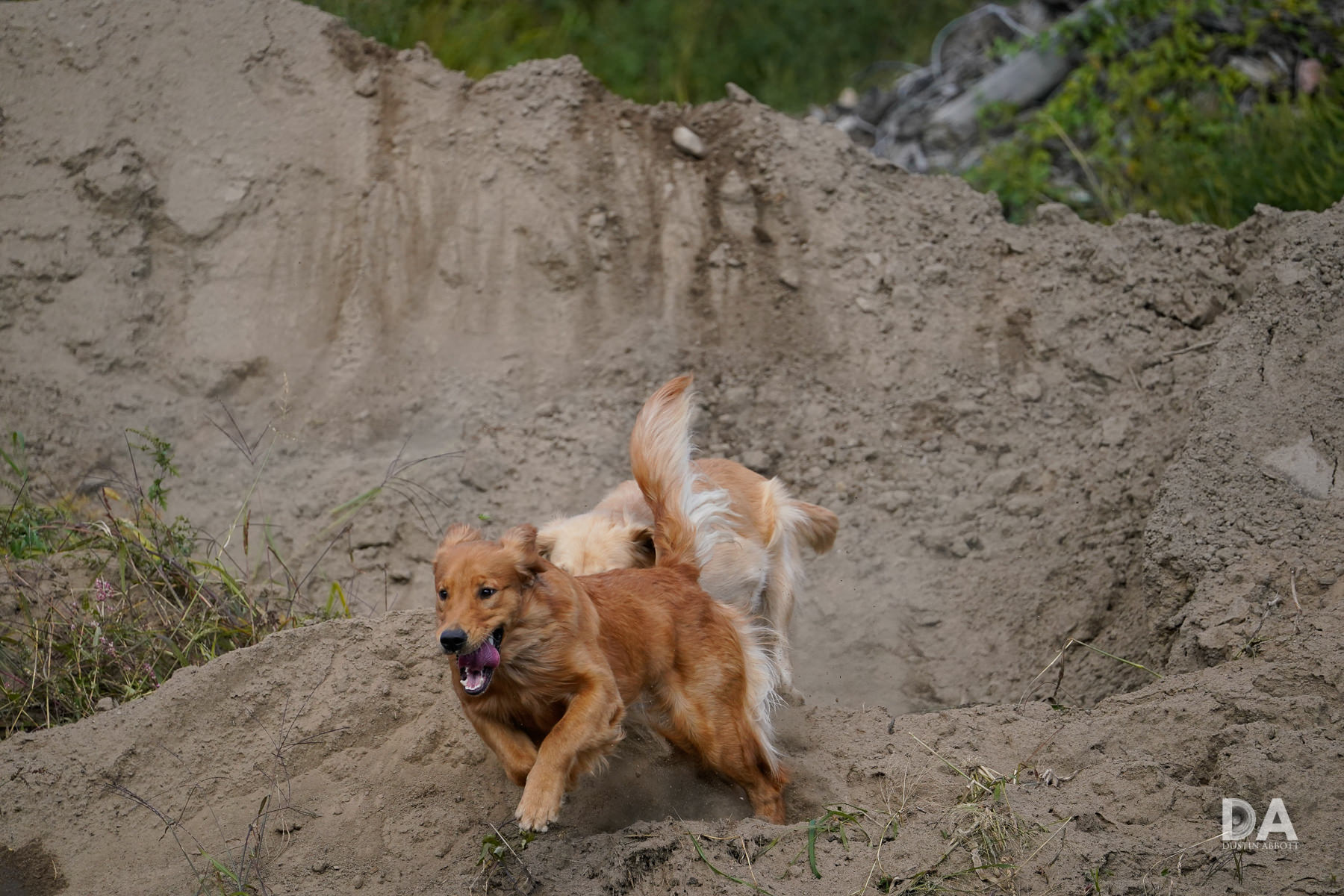
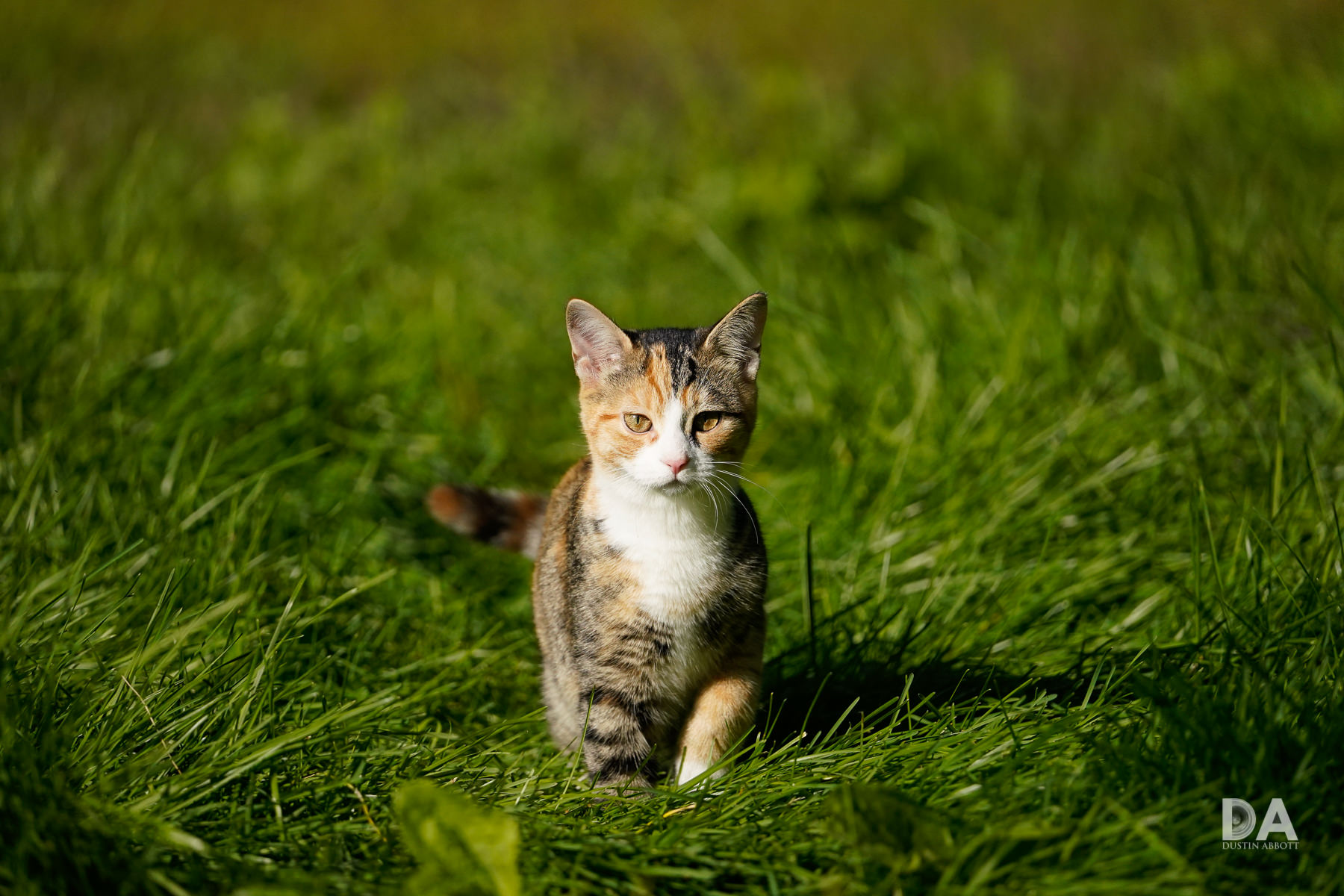
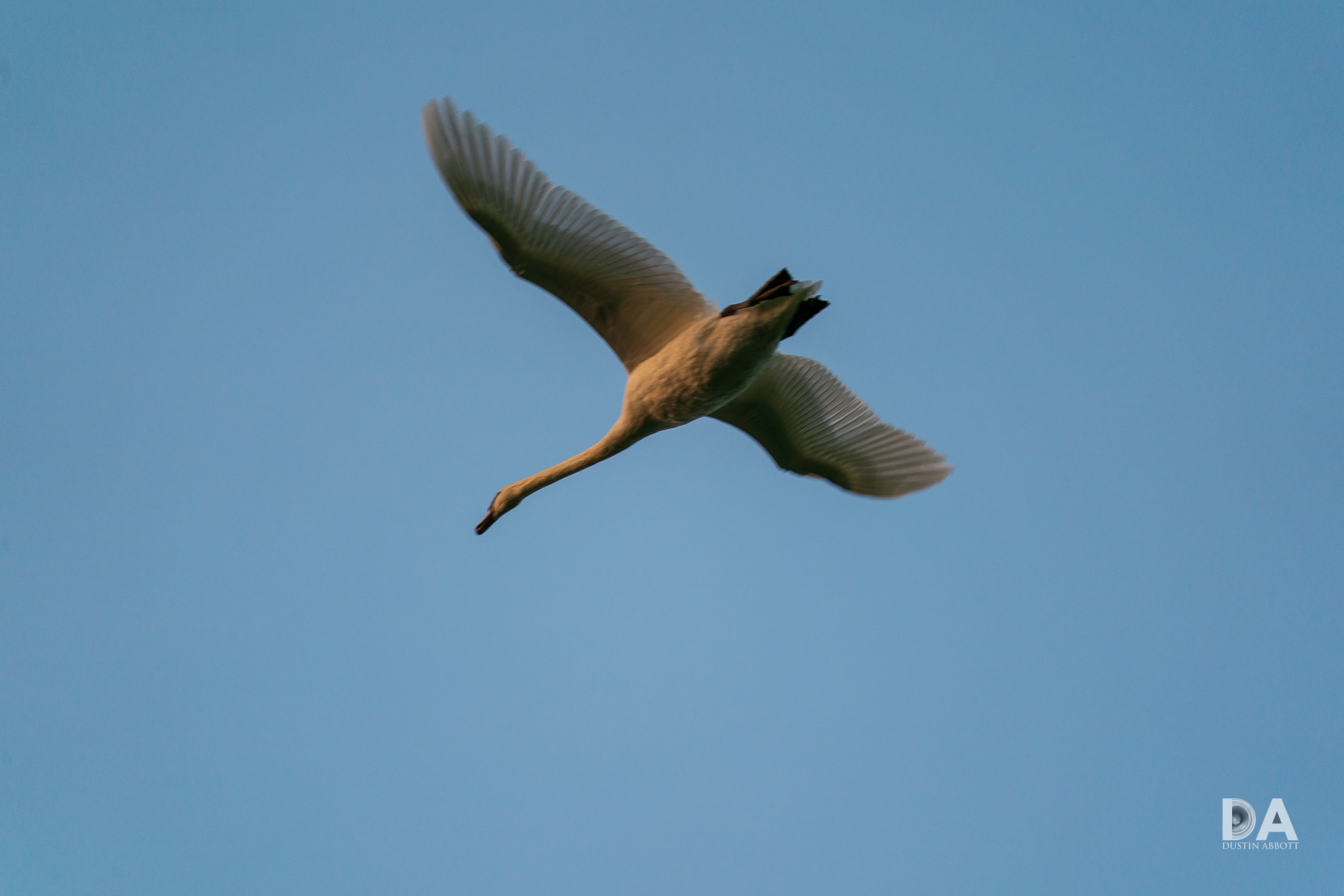
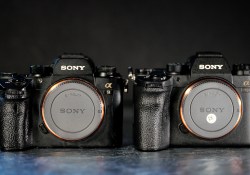
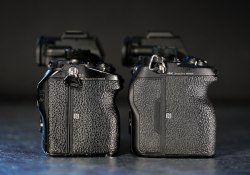
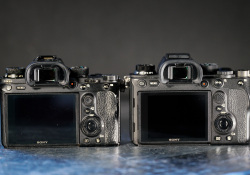

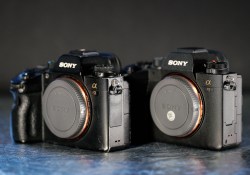
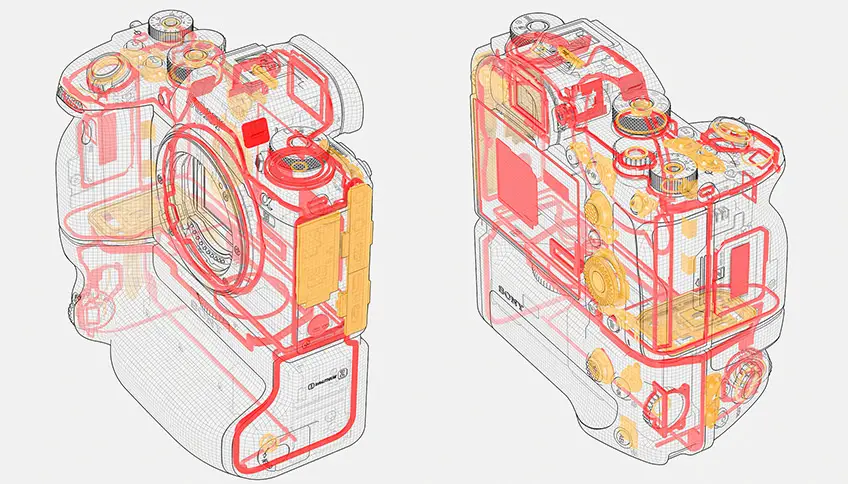
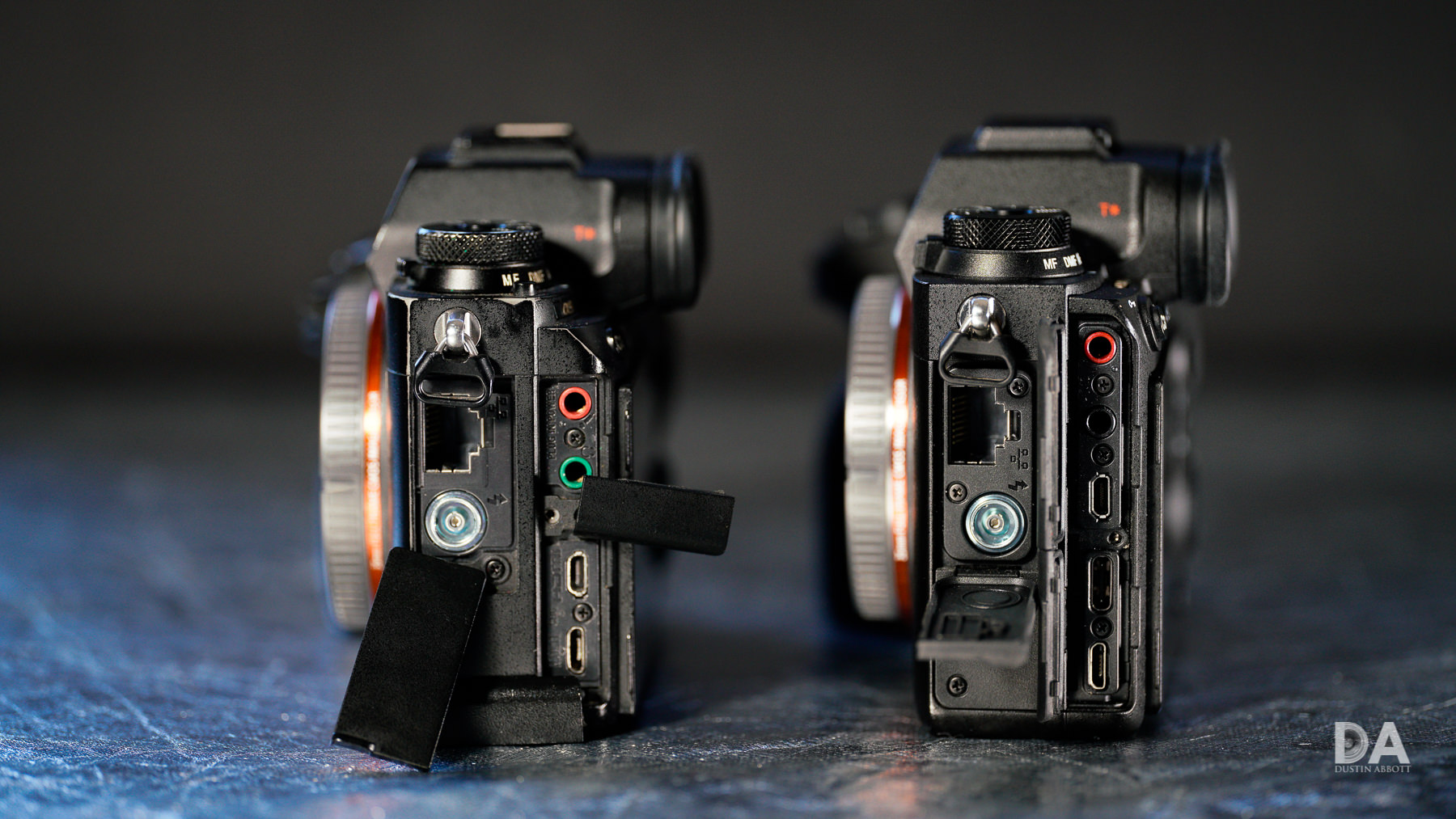
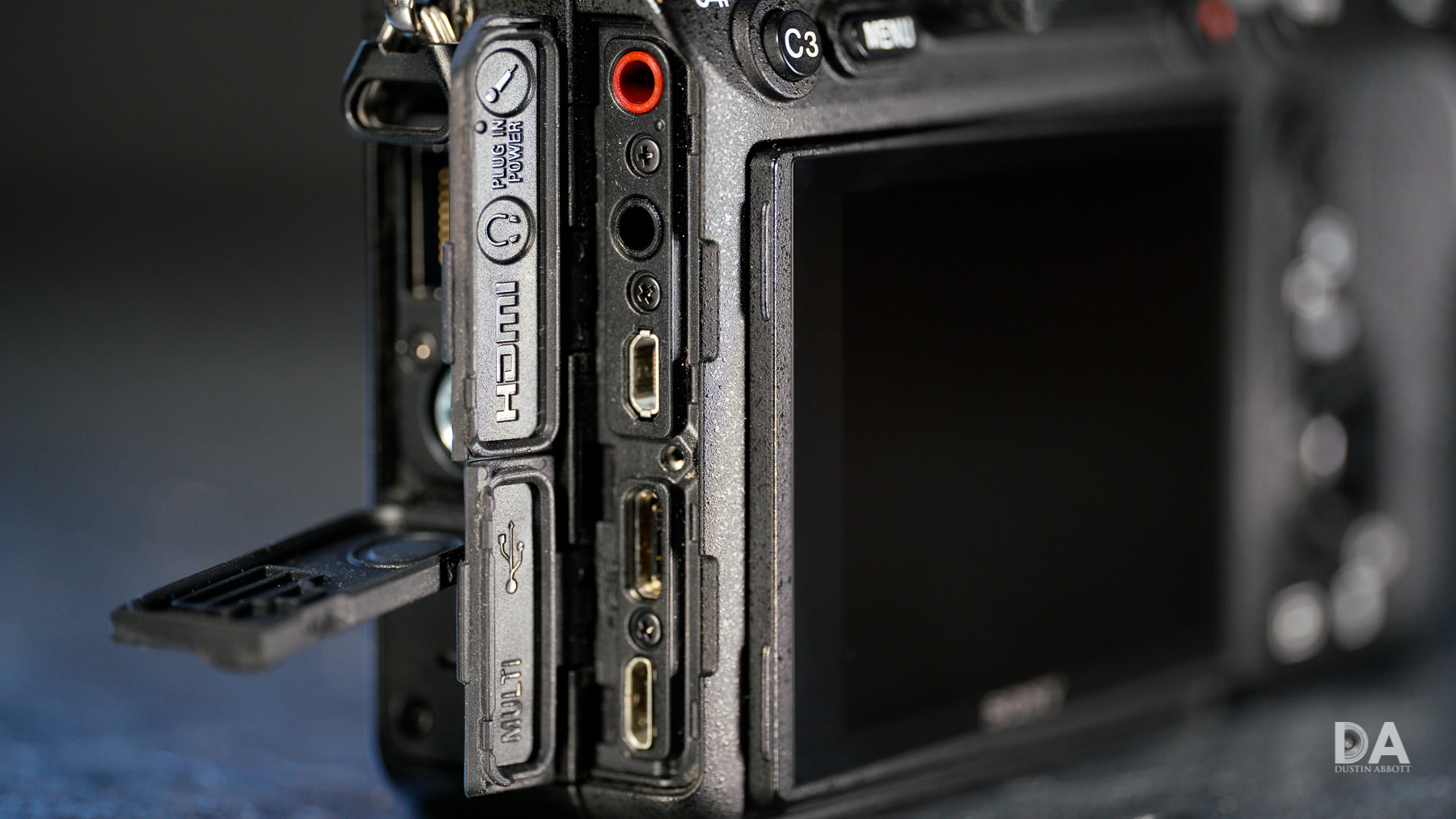
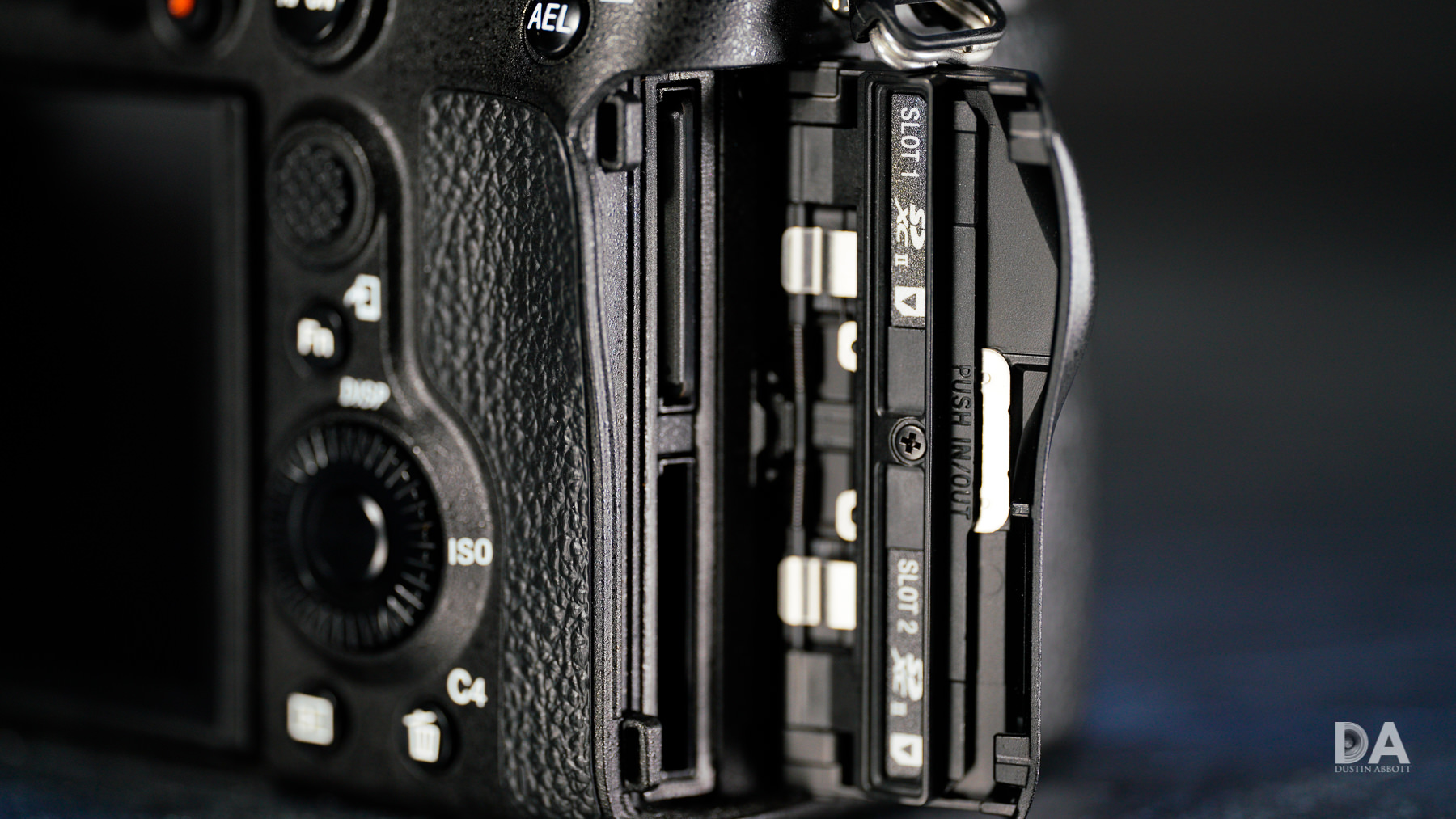
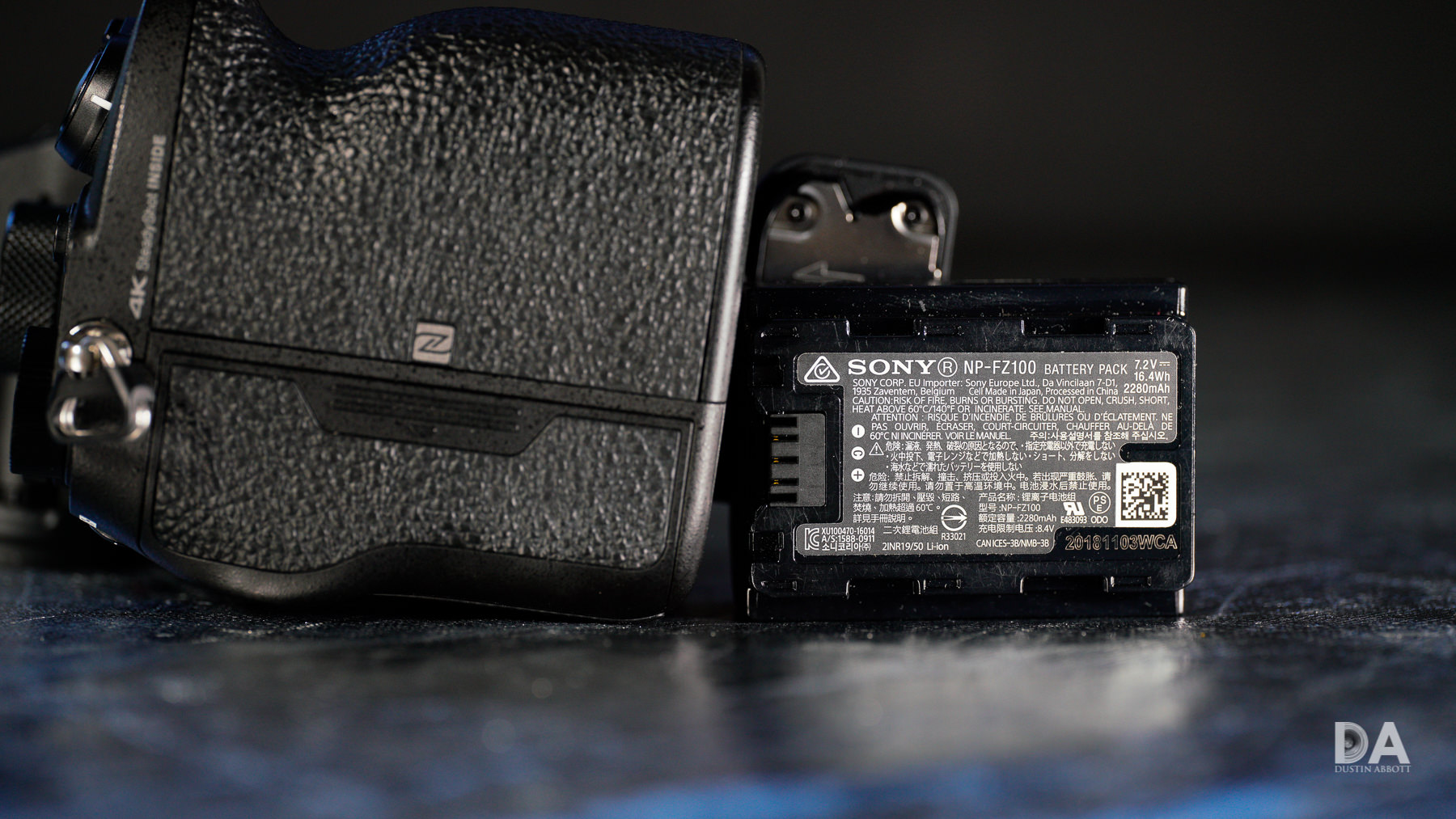
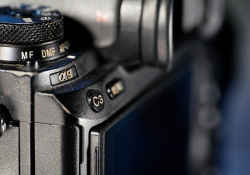
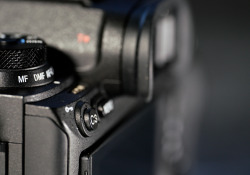
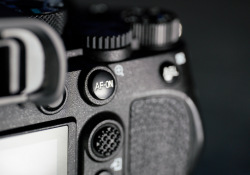
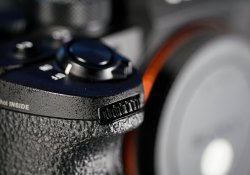
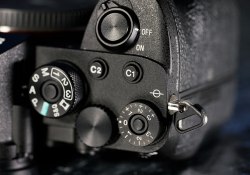
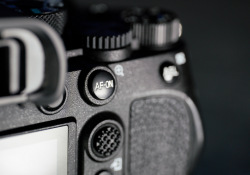
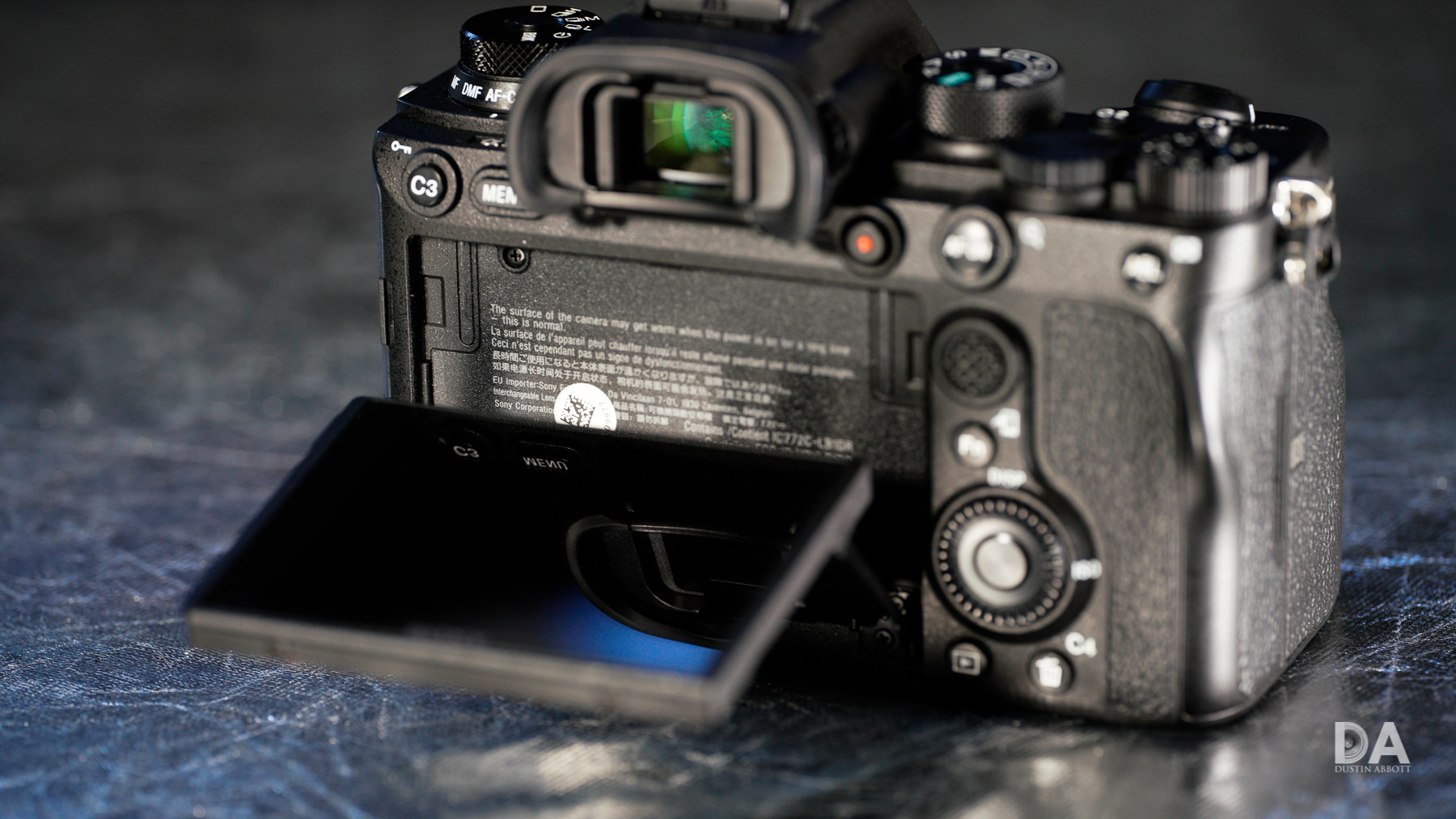
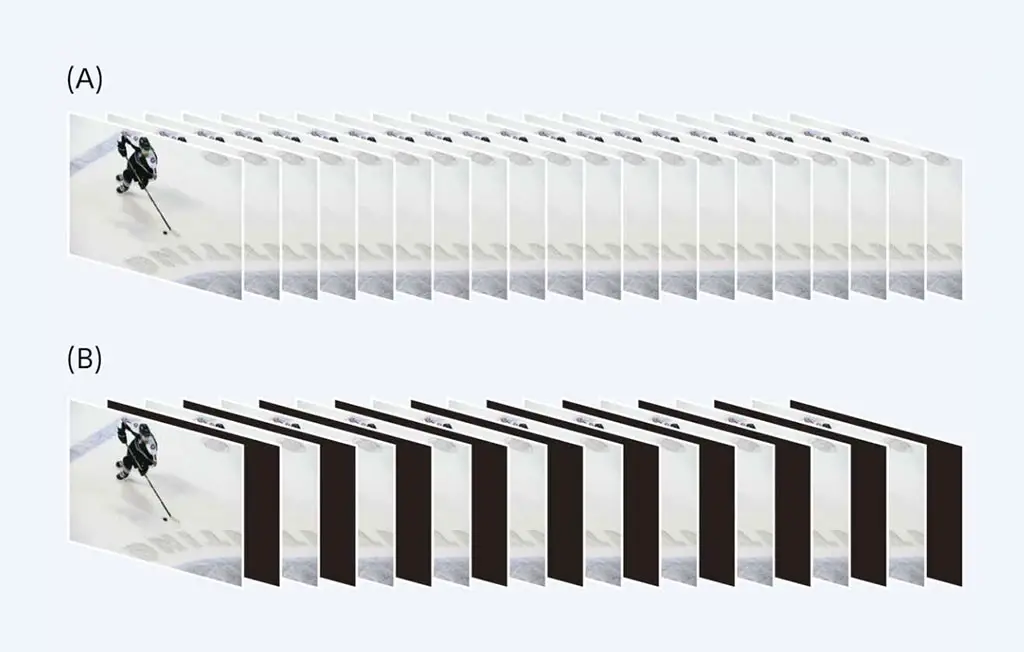


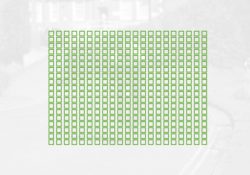



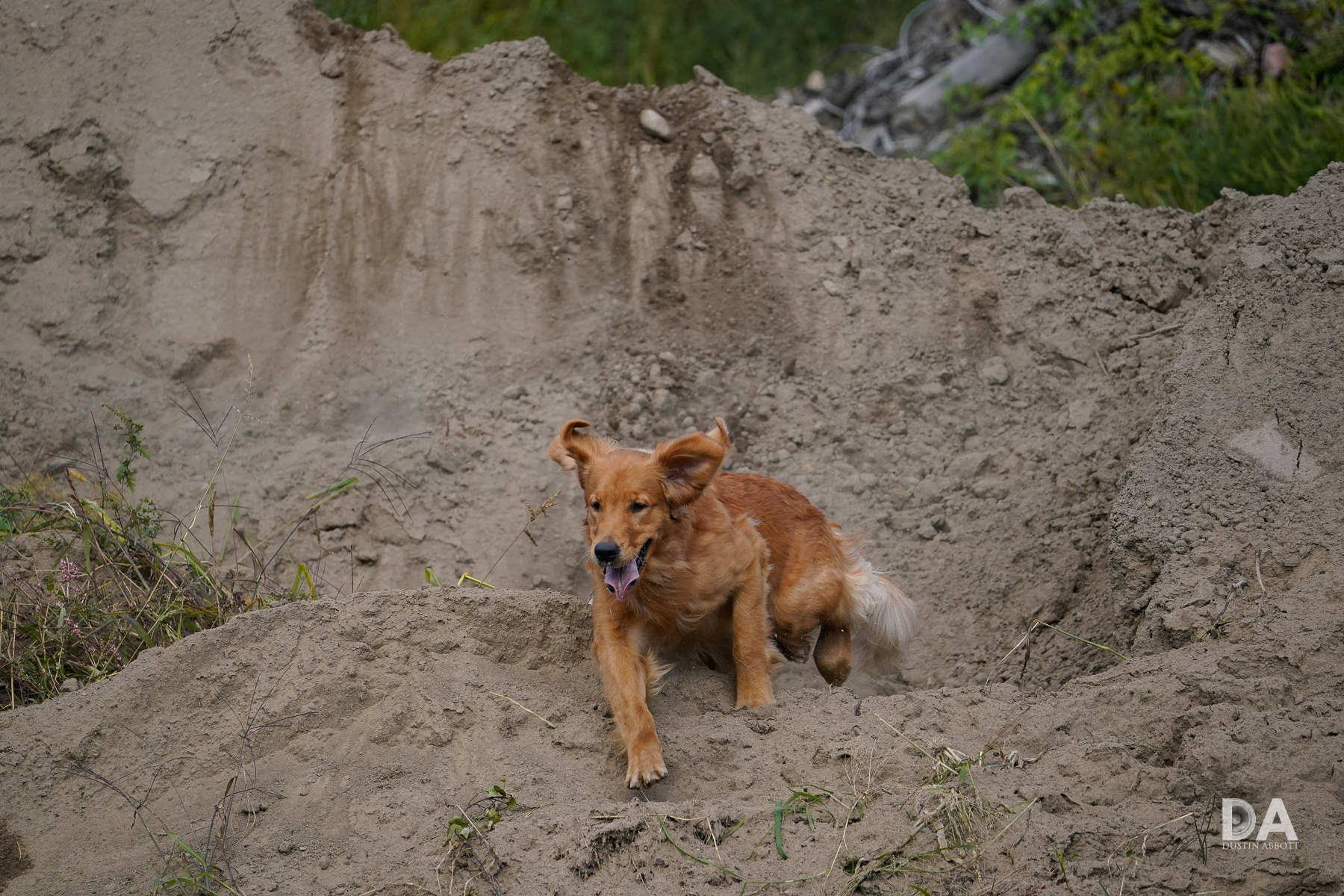
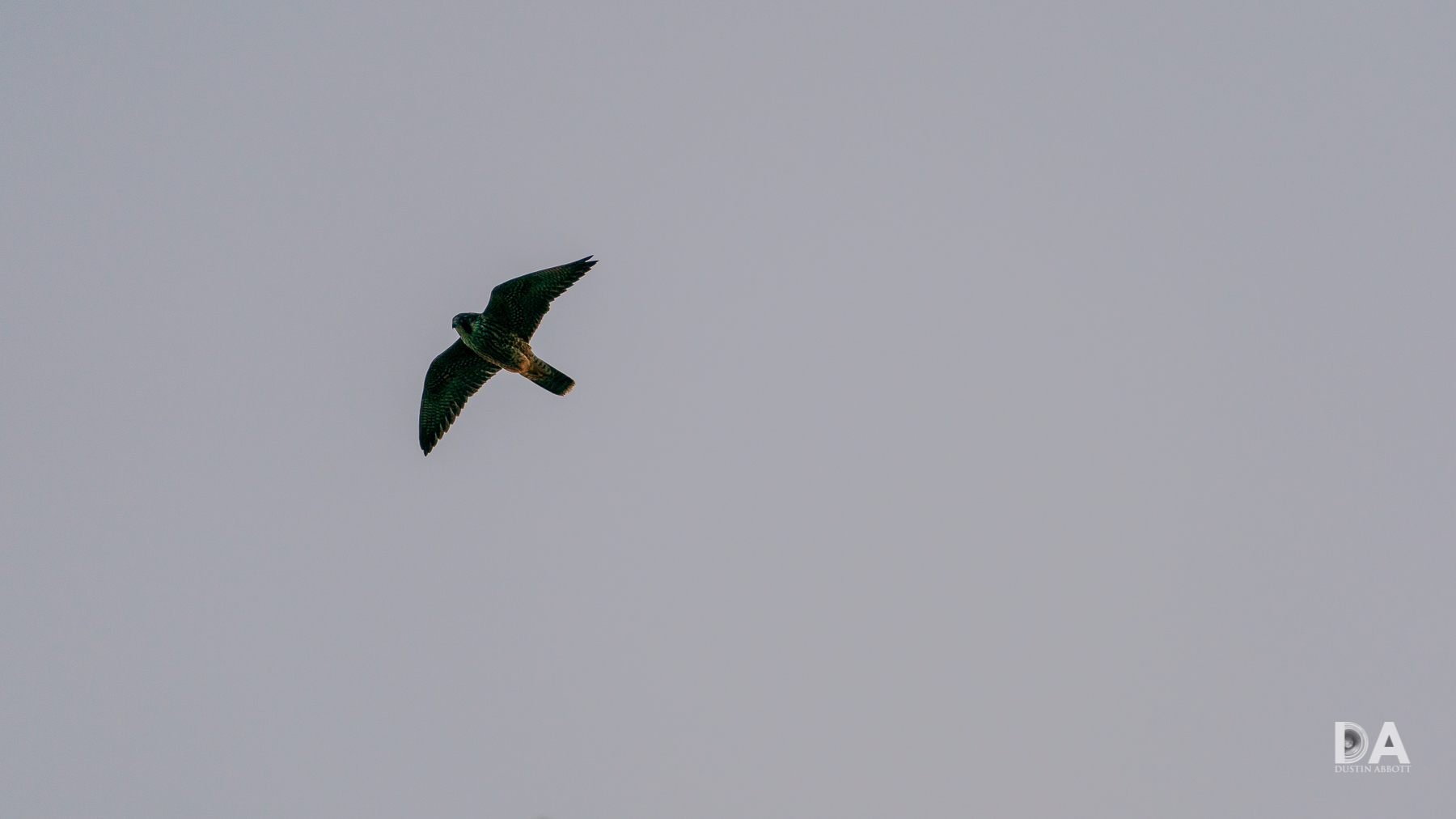

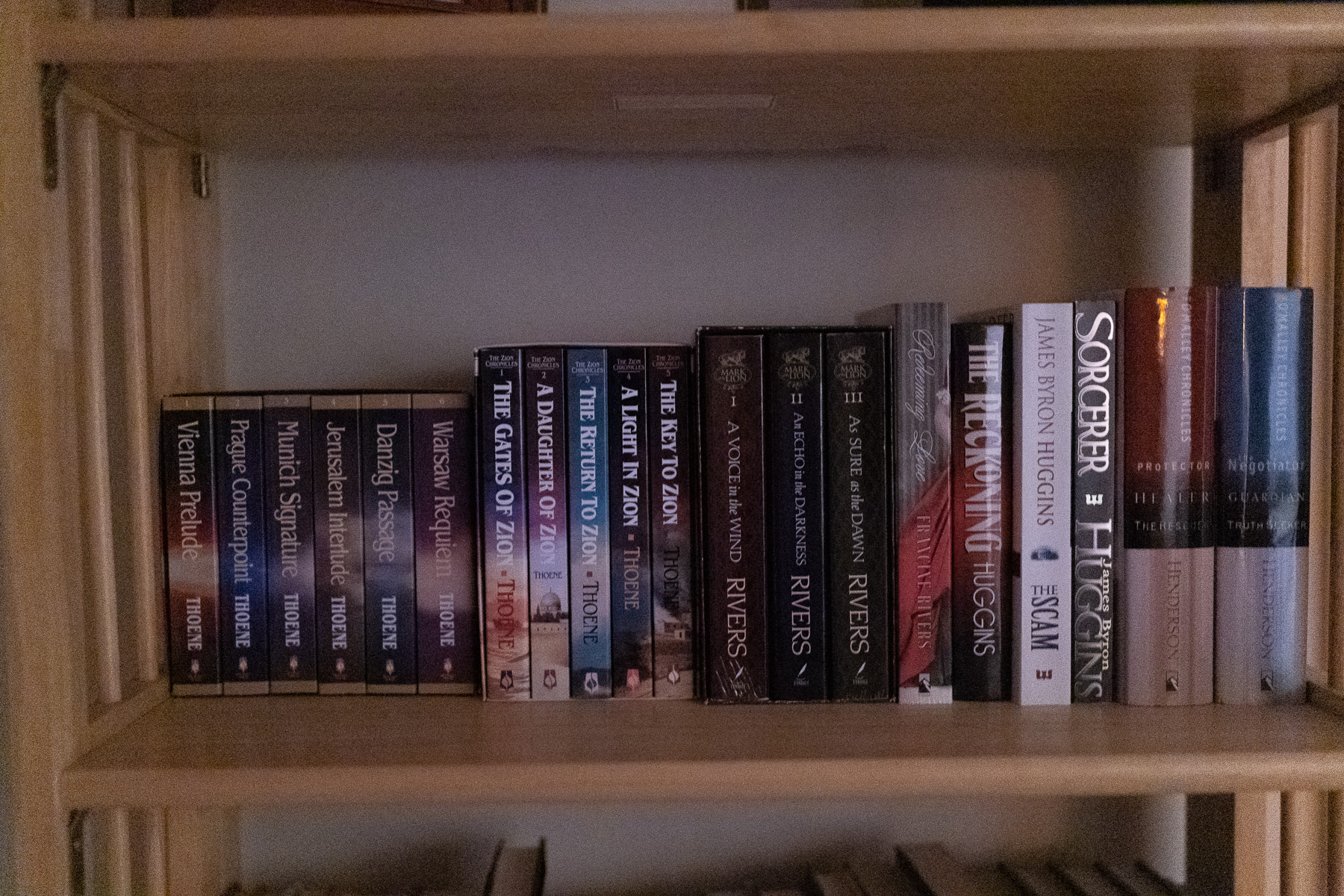

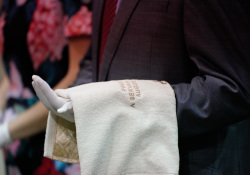




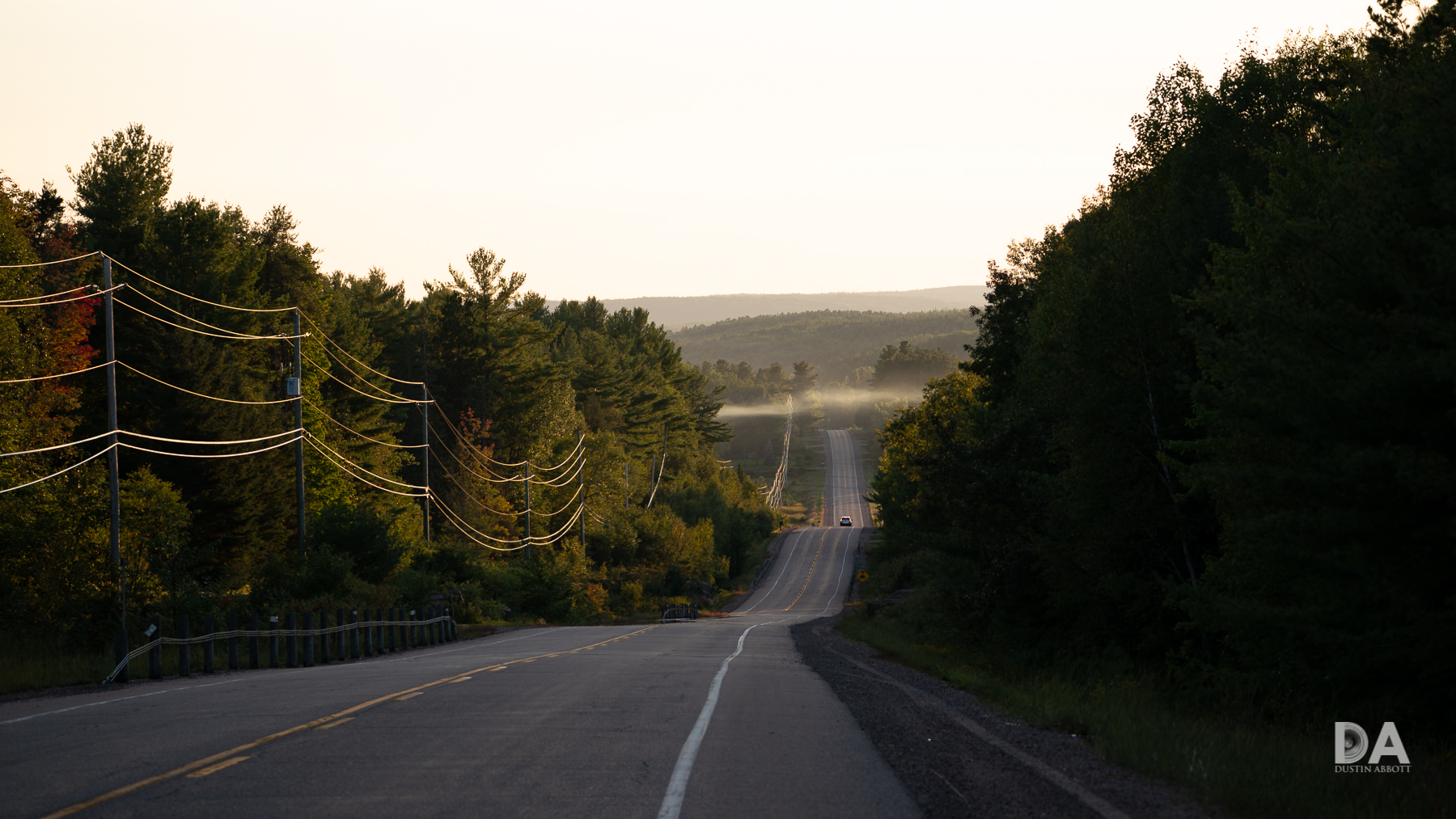
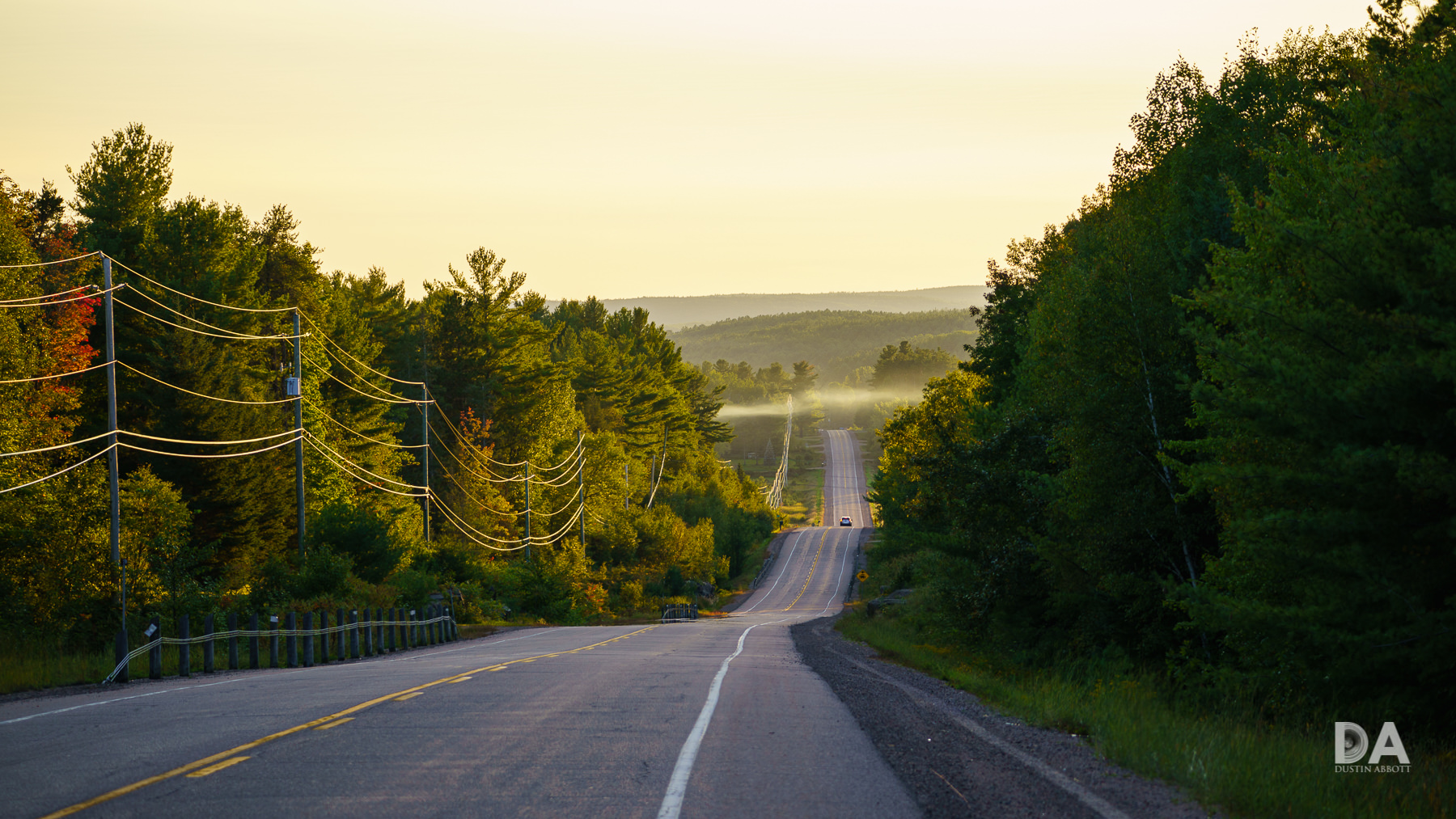
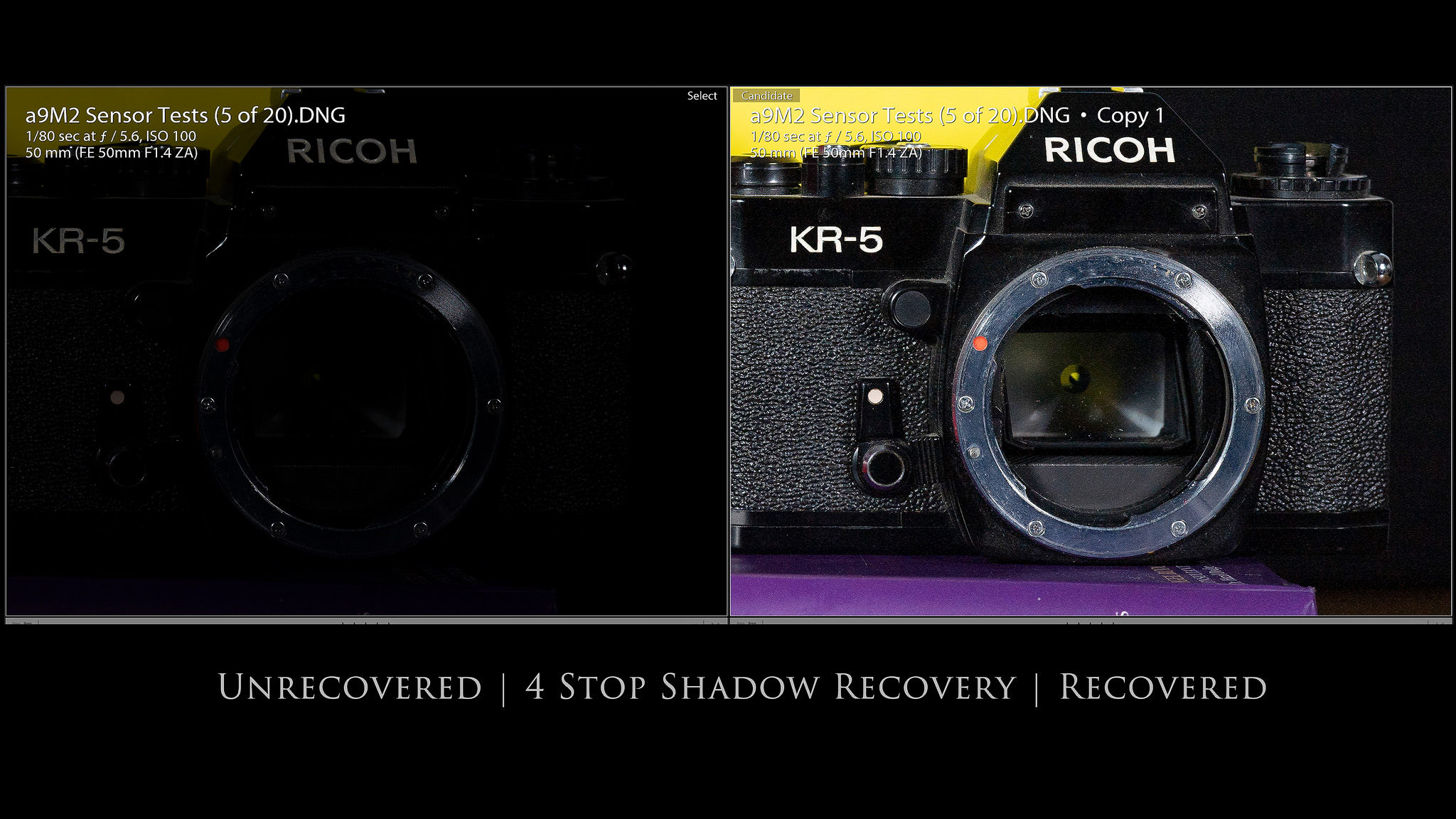
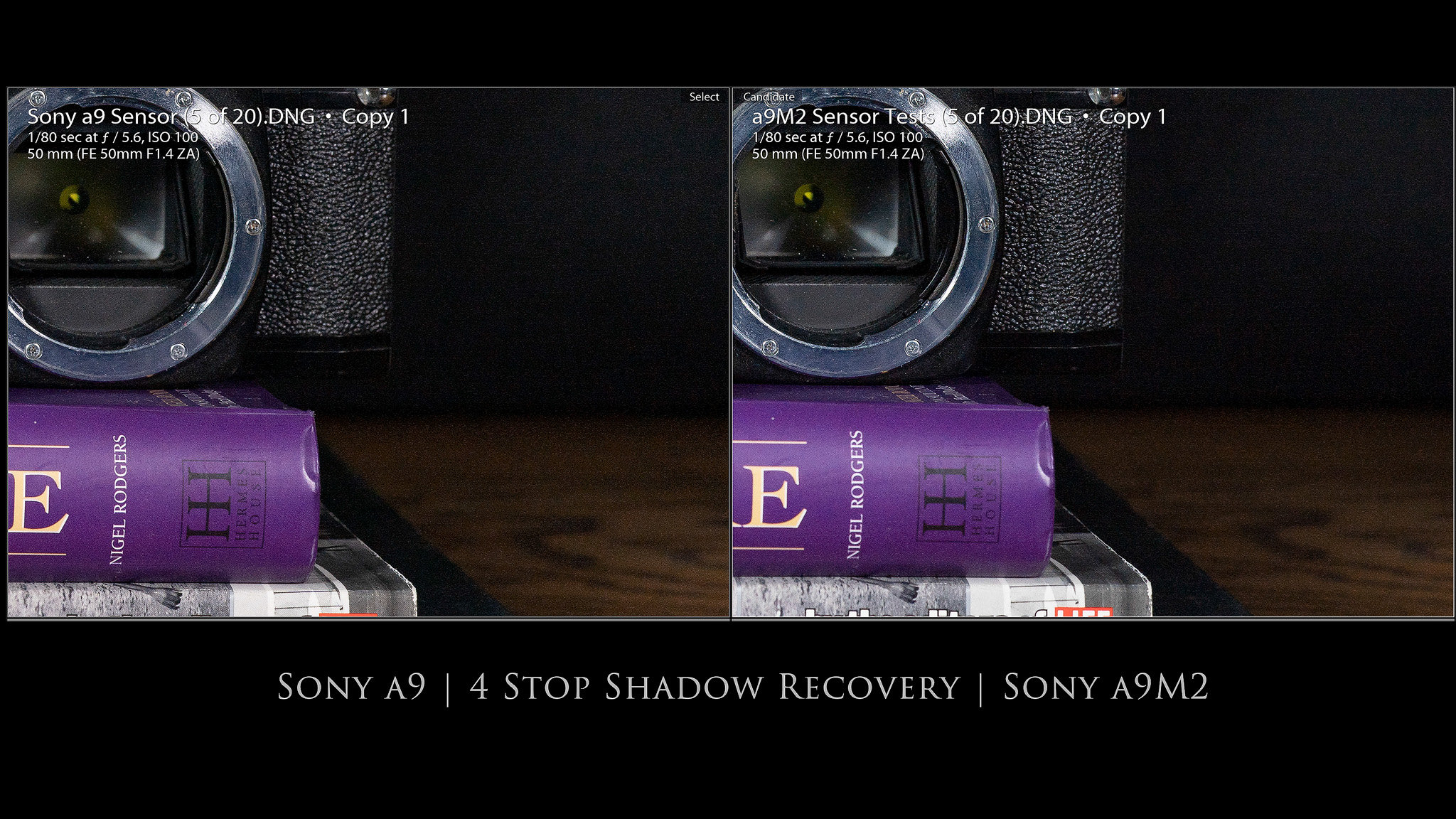
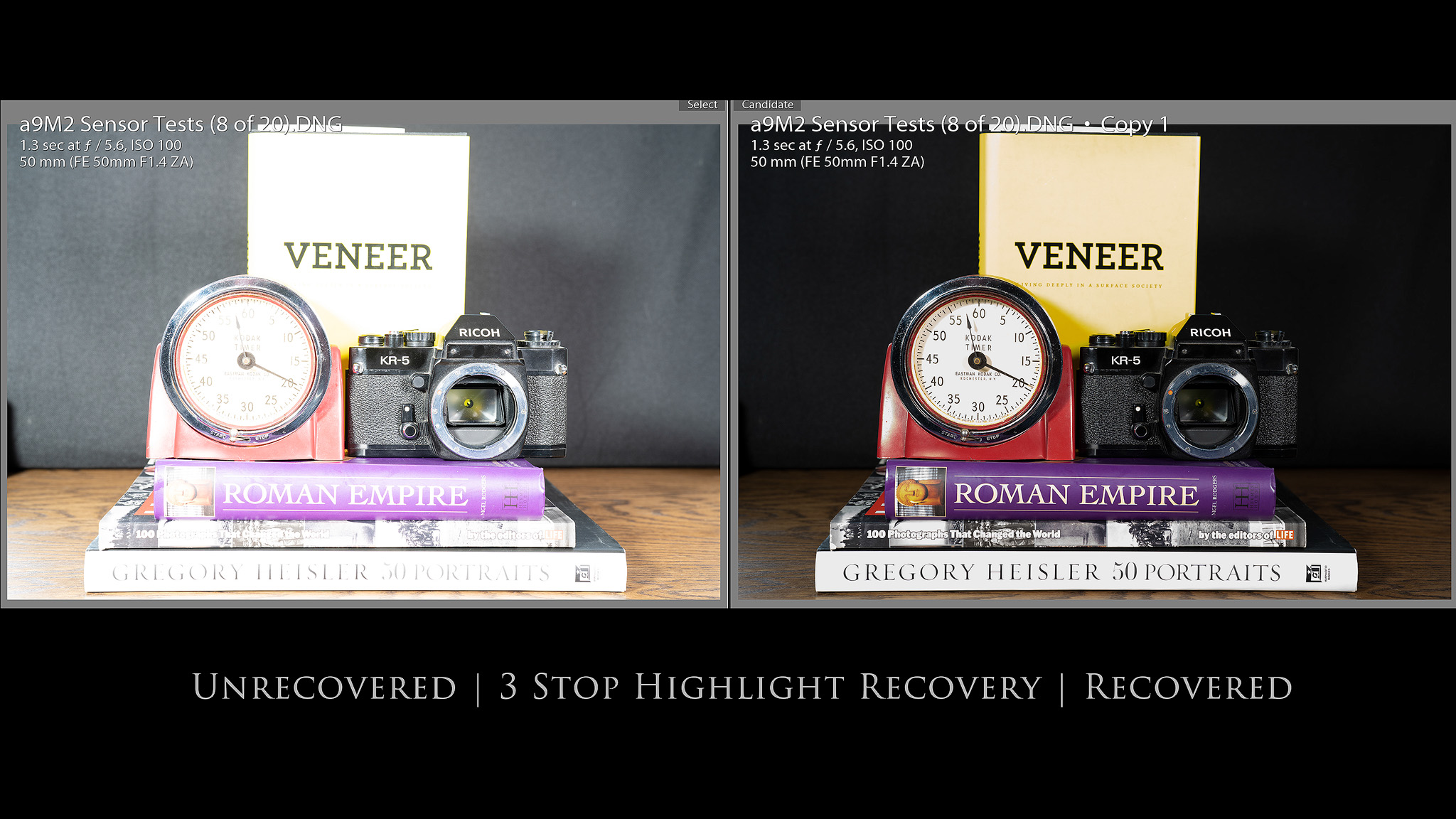
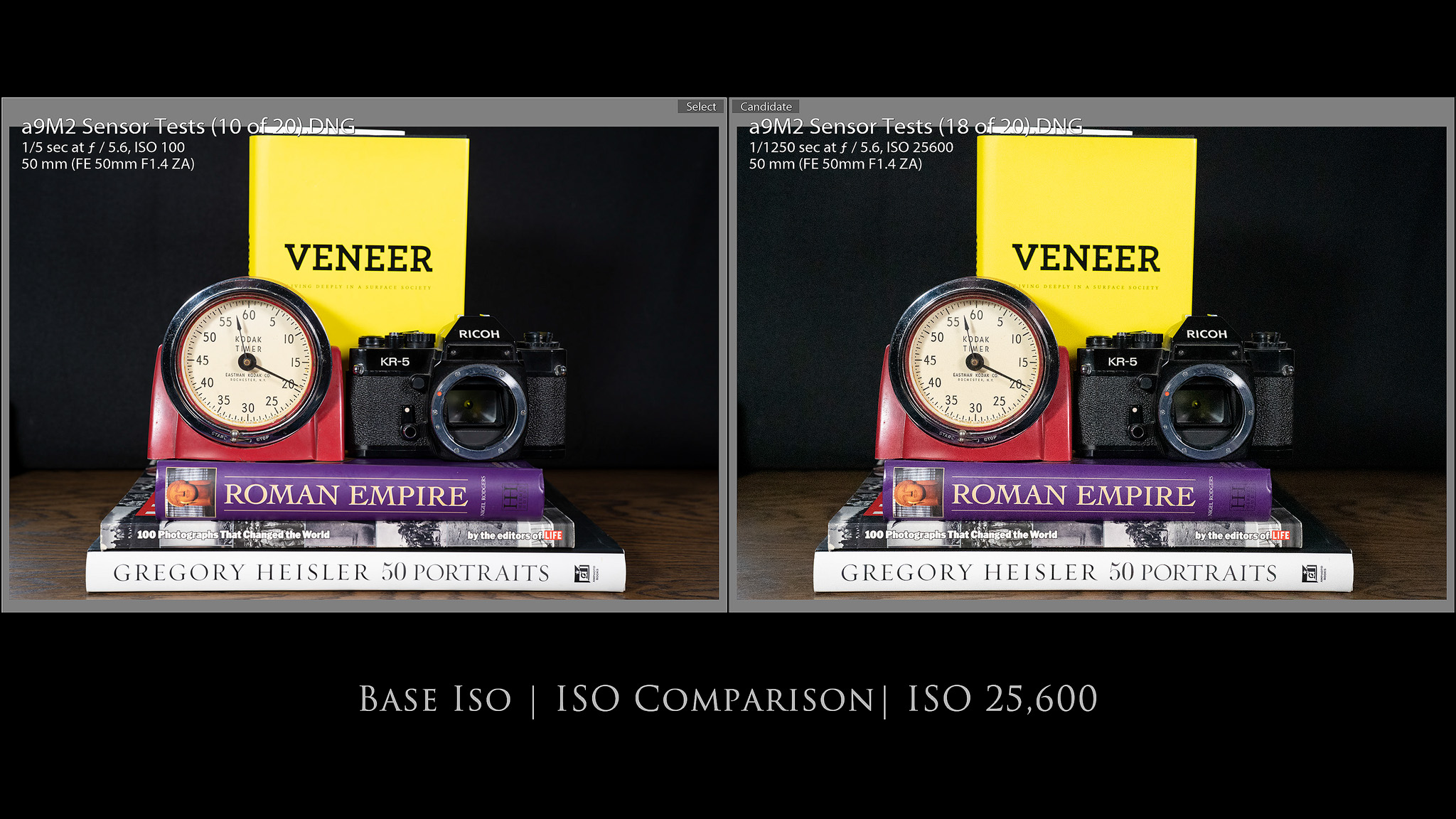
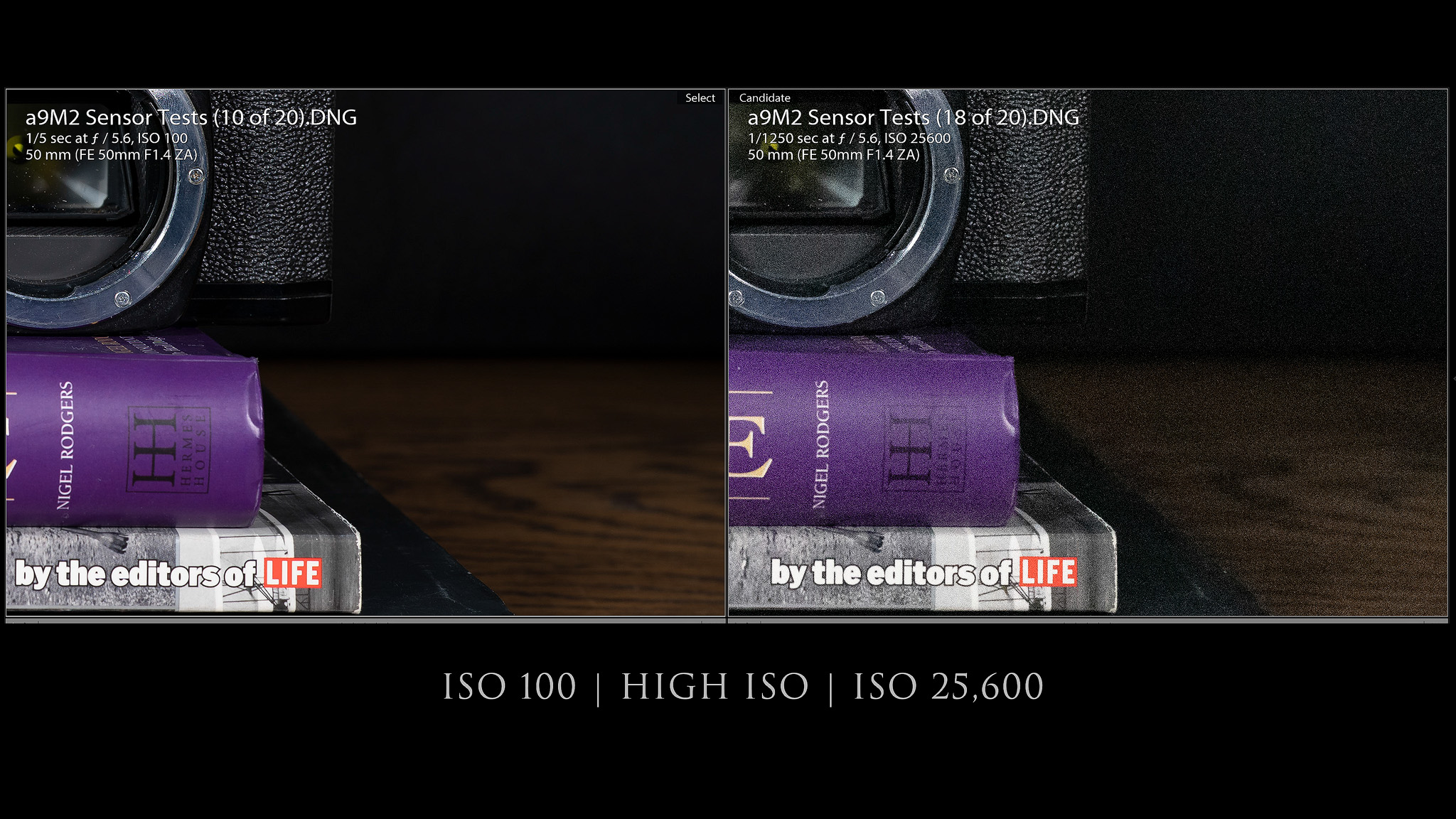
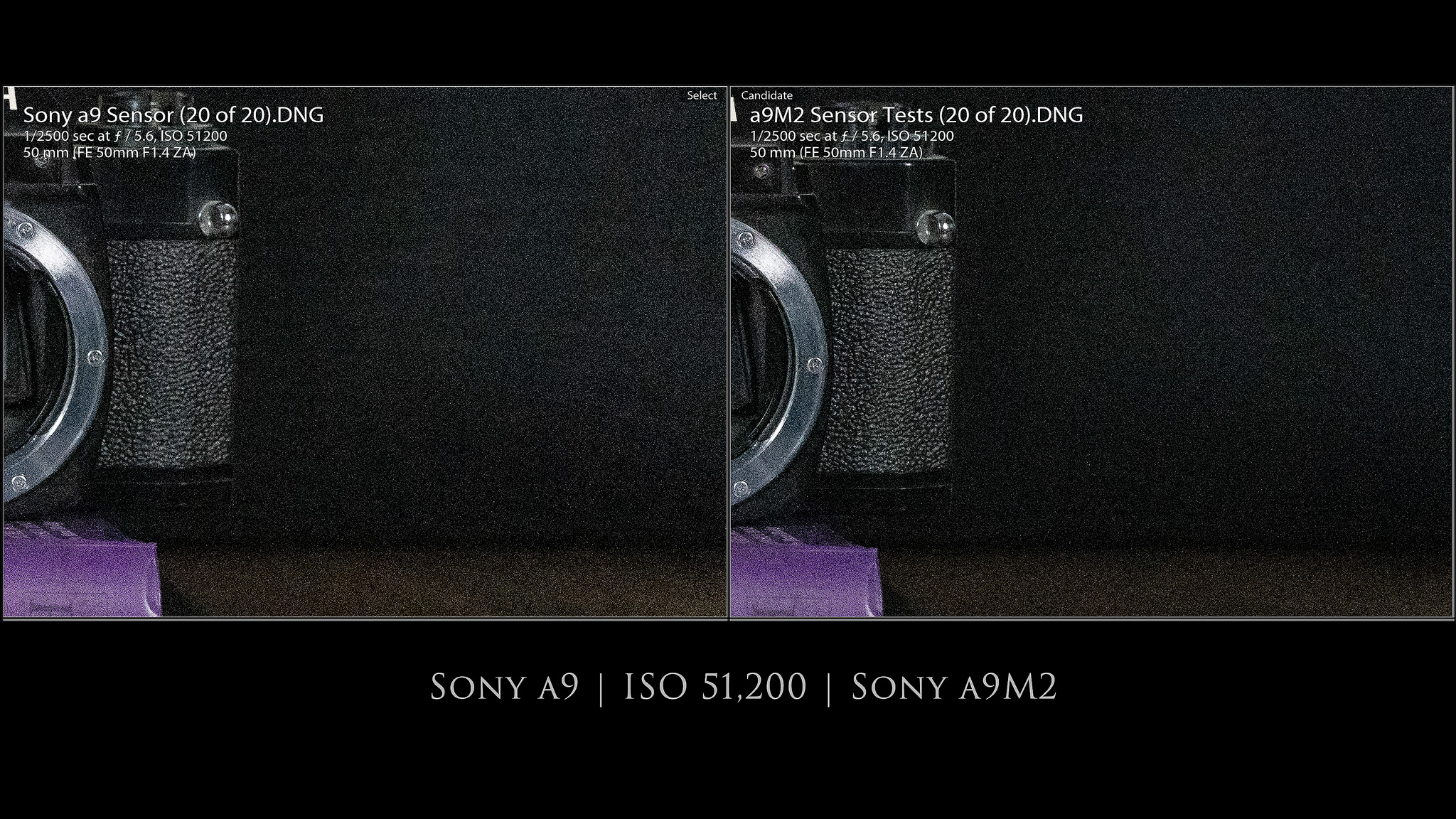


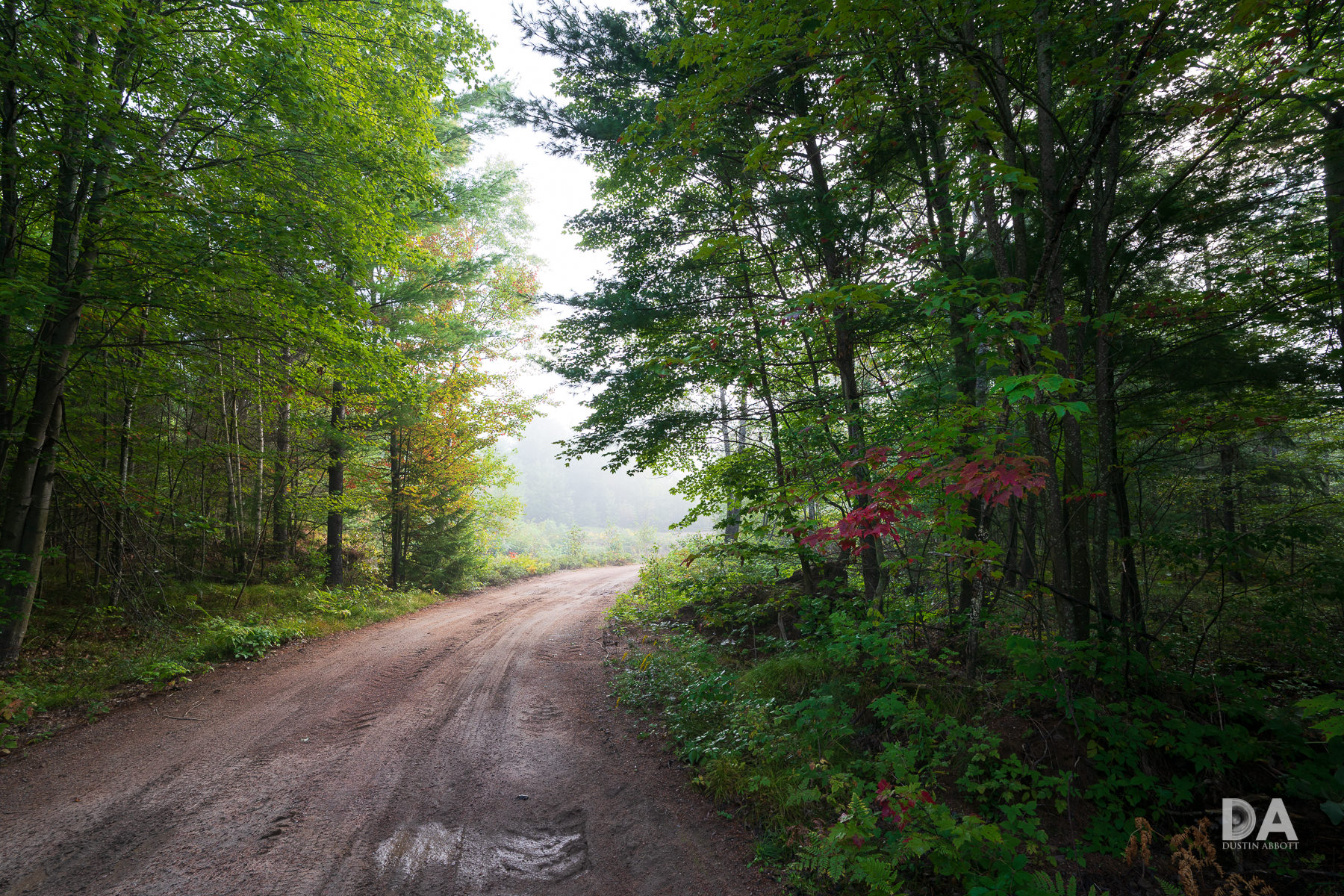
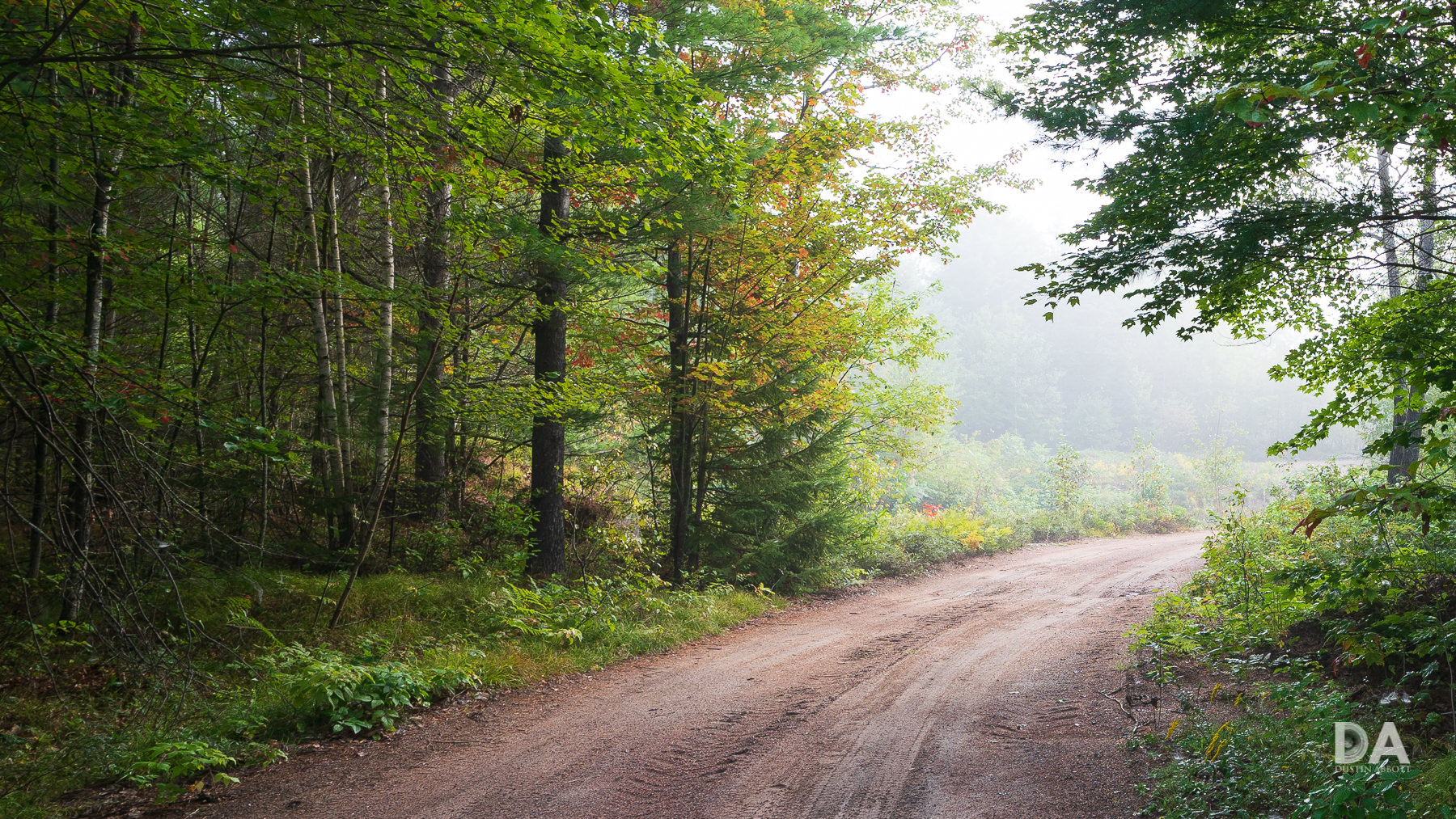









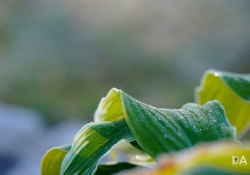
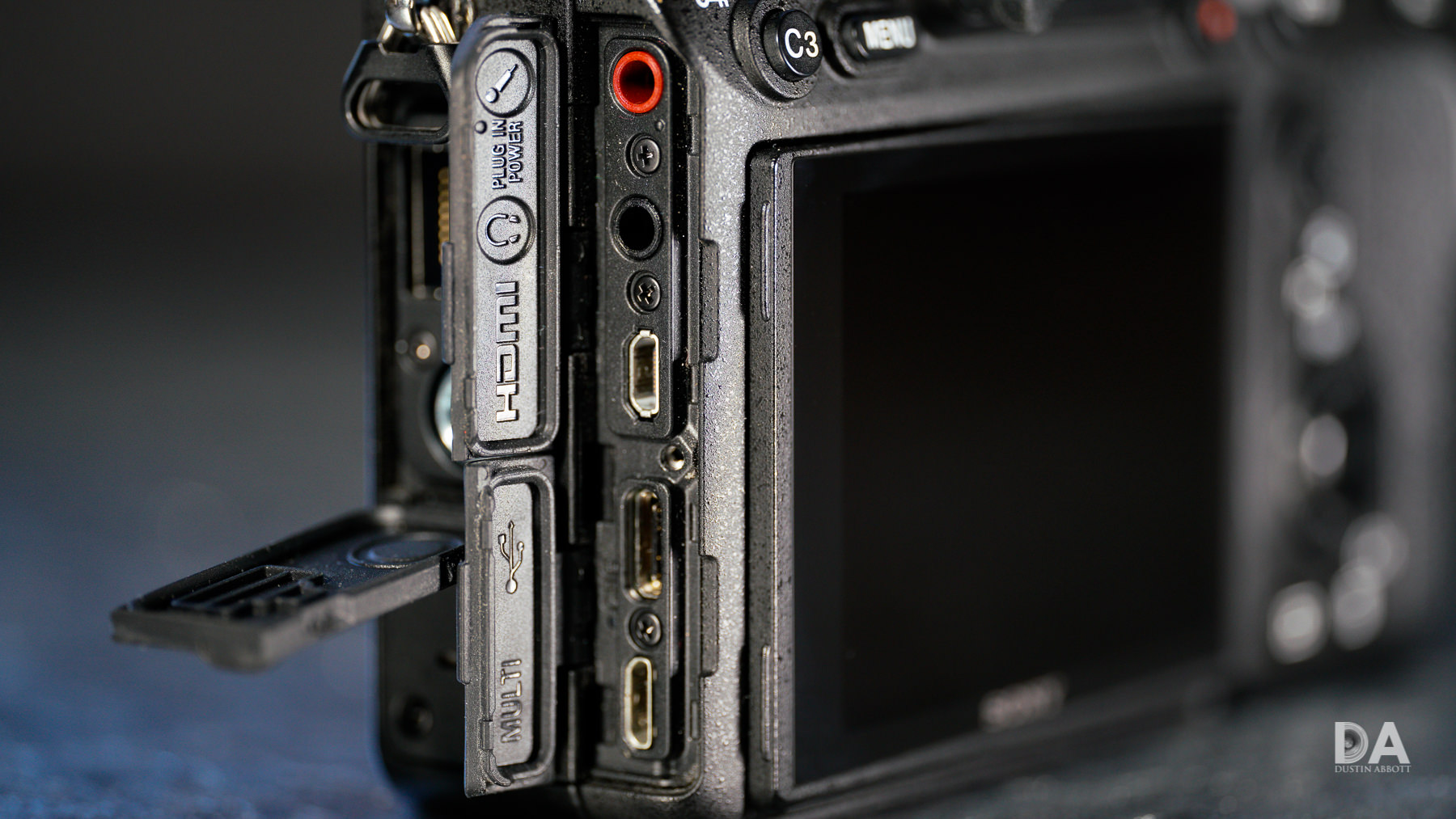

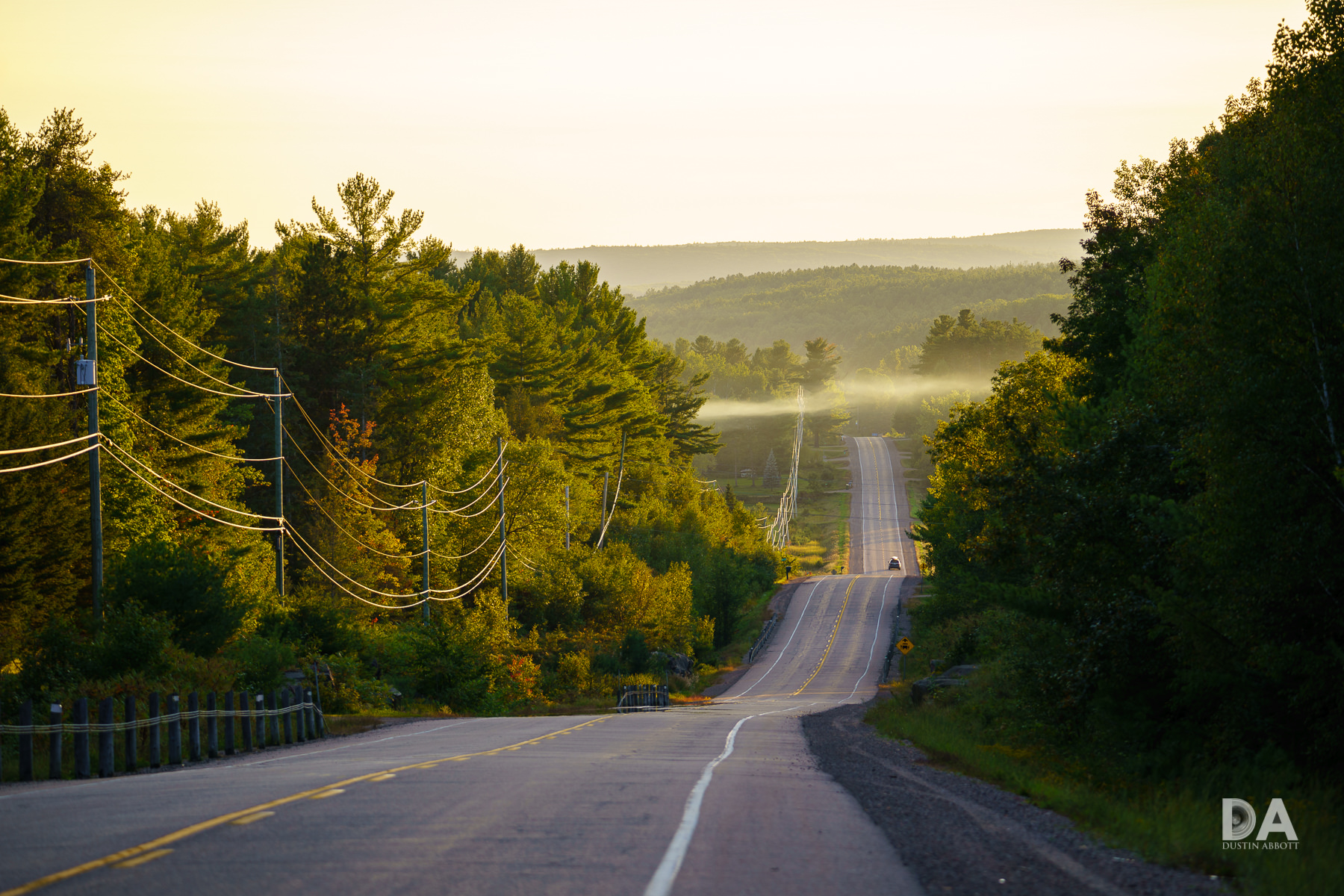
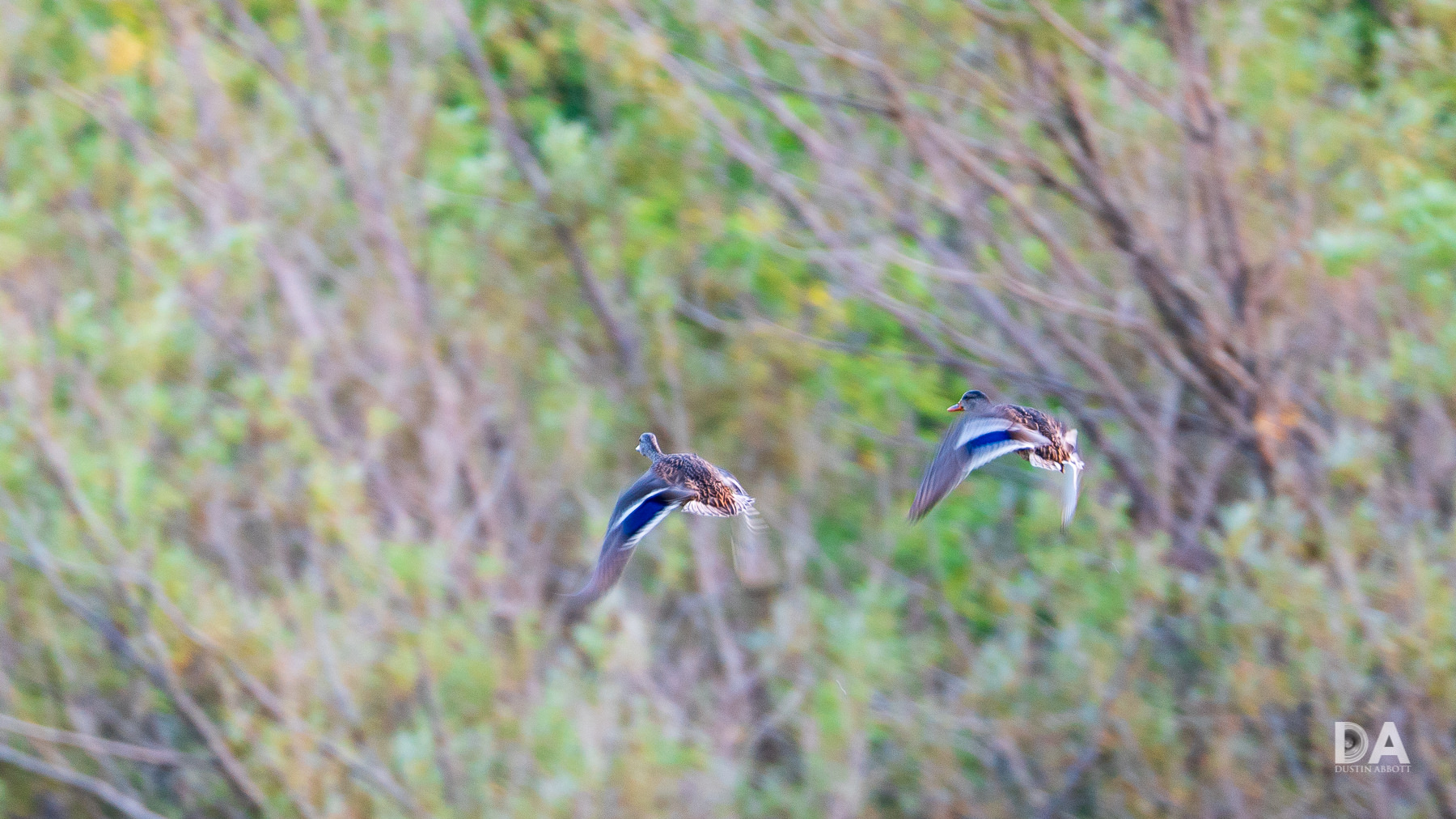





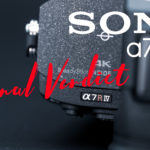
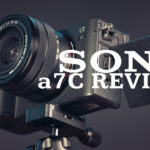
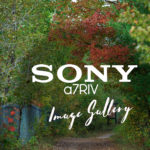

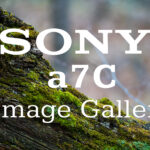
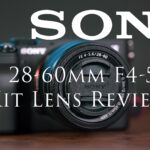
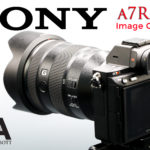


[…] Video Capabilities: It supports up to 30 frames per second in 4K and up to 120 frames per second in Full HD, providing high-quality video recording capabilities1. […]